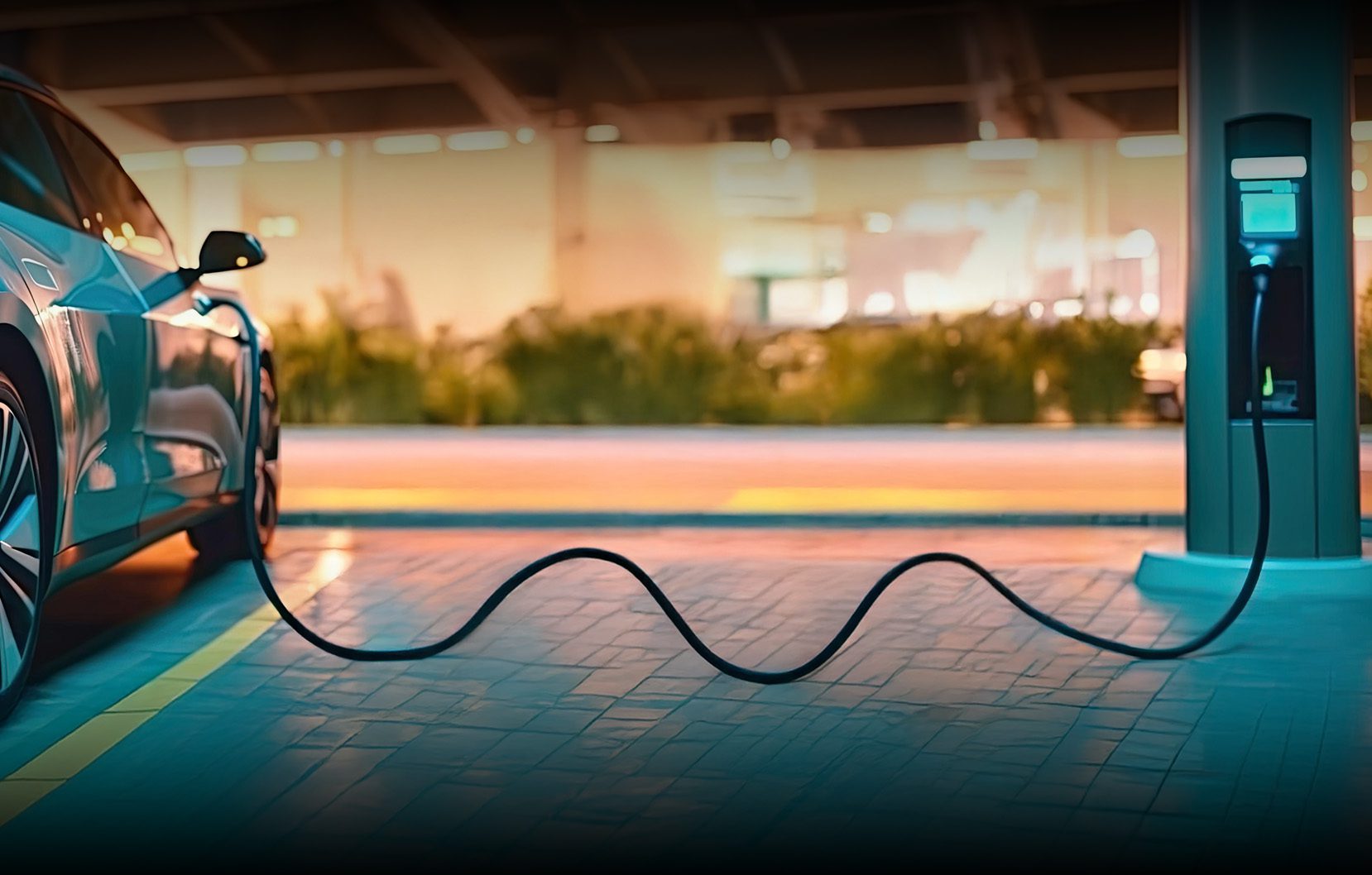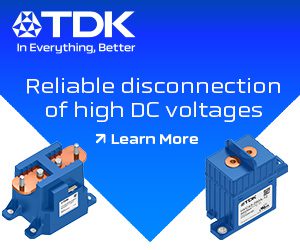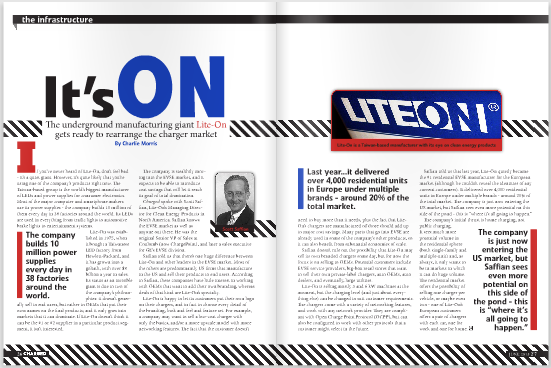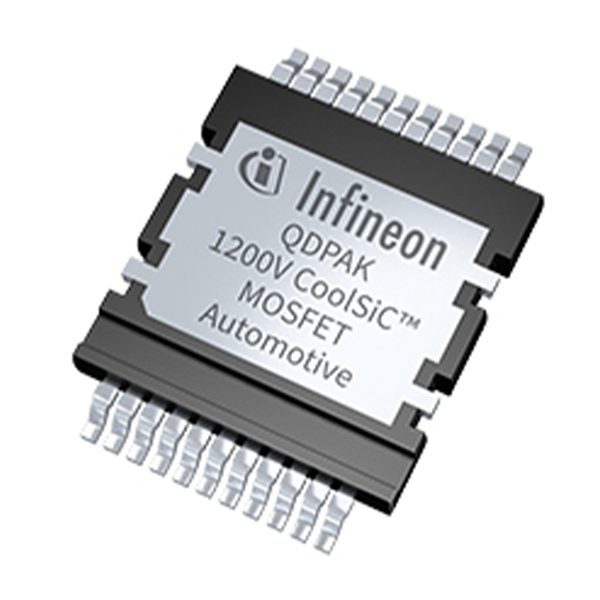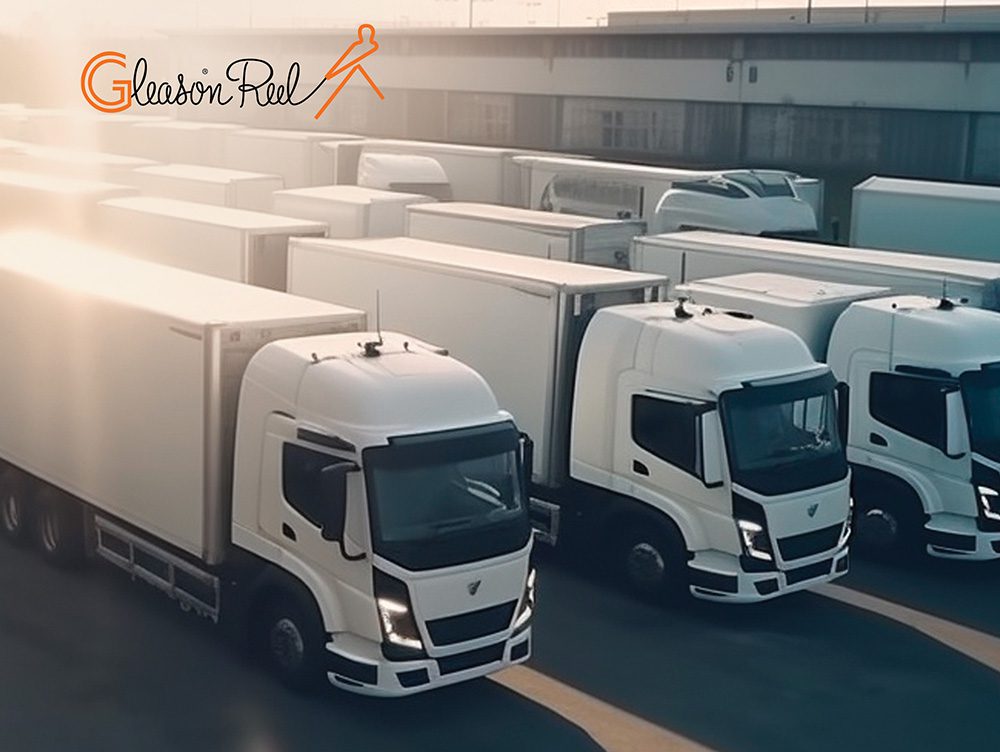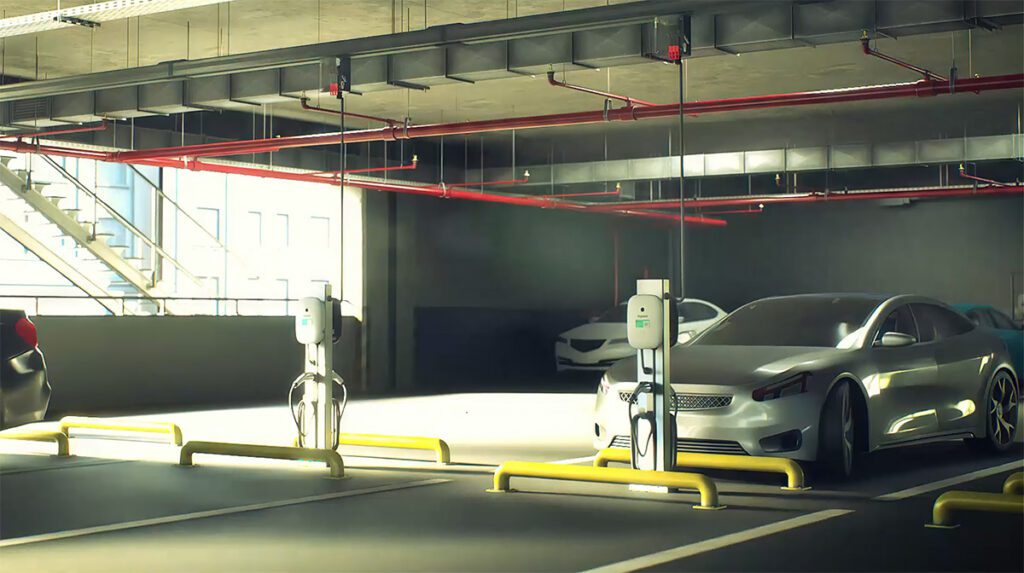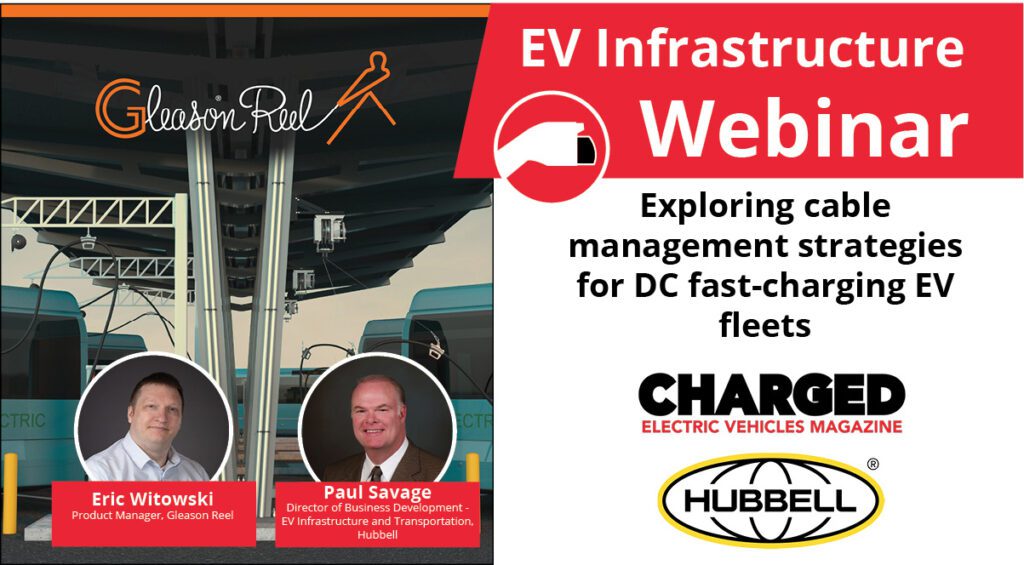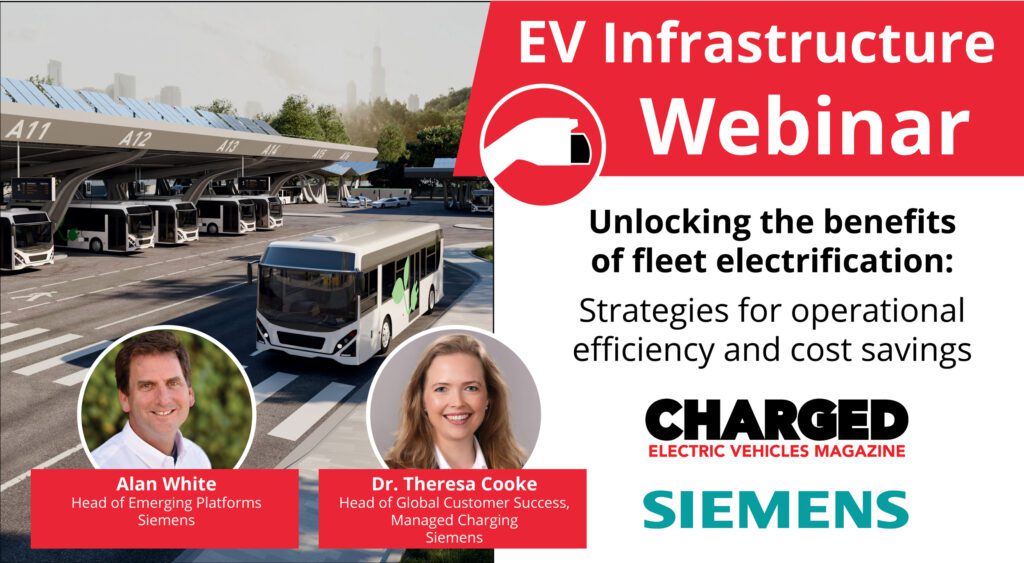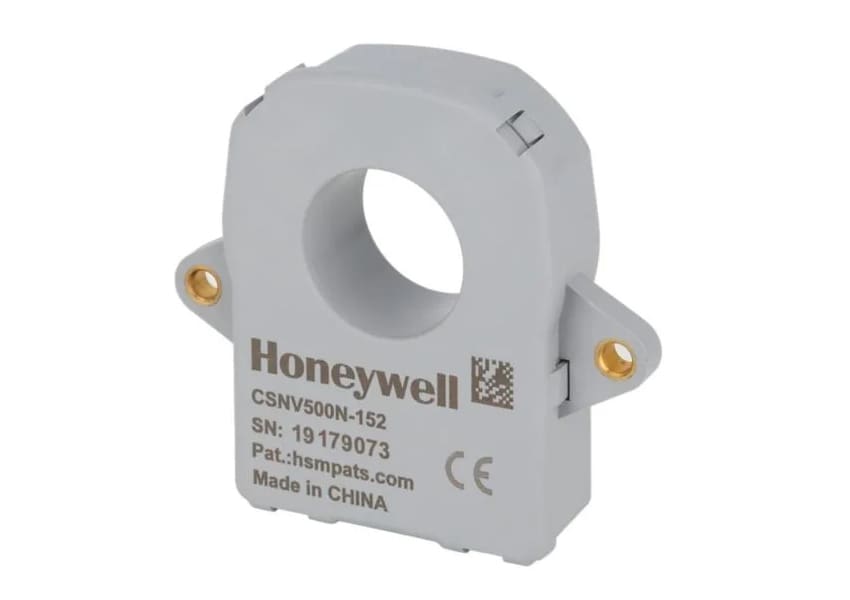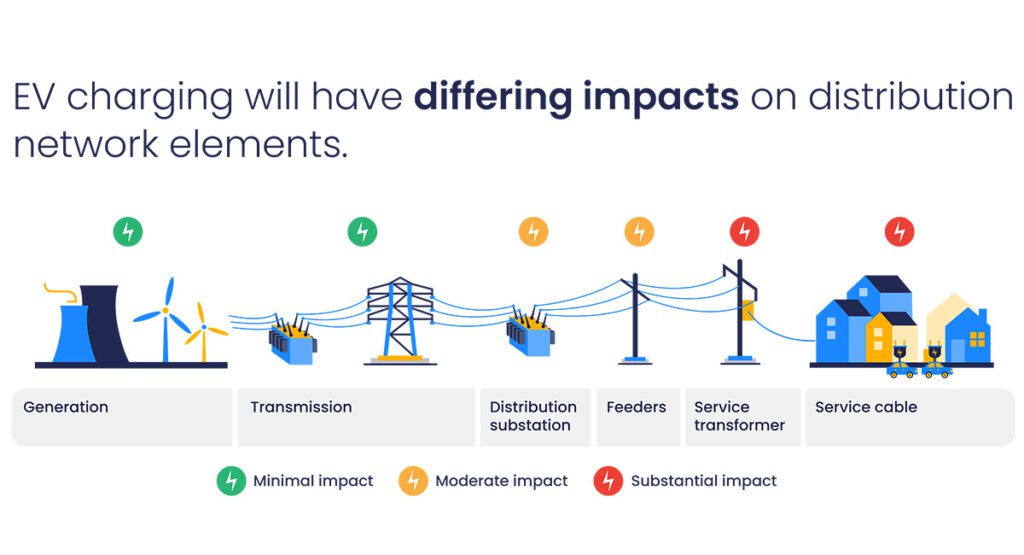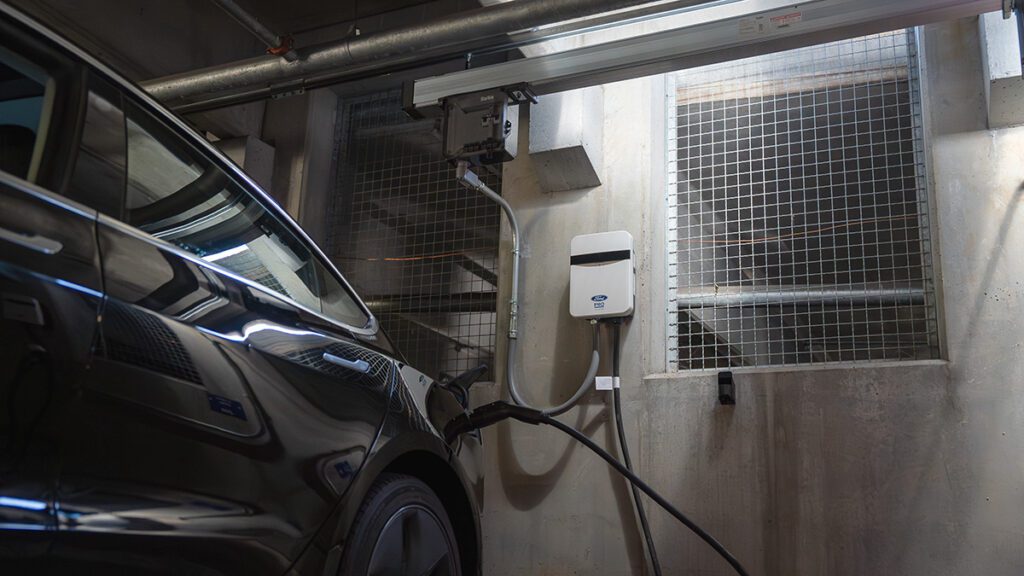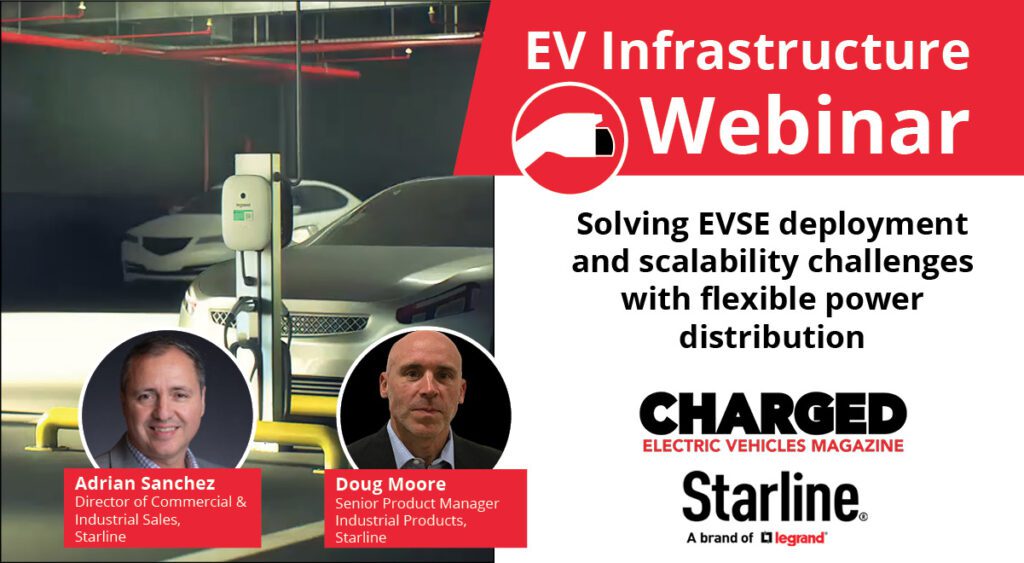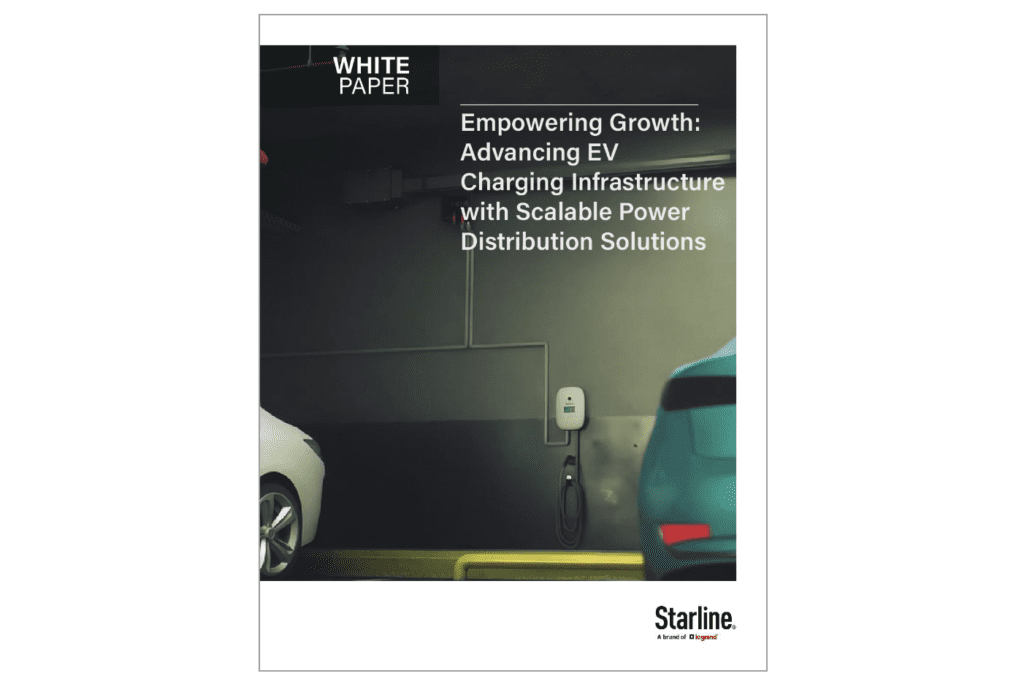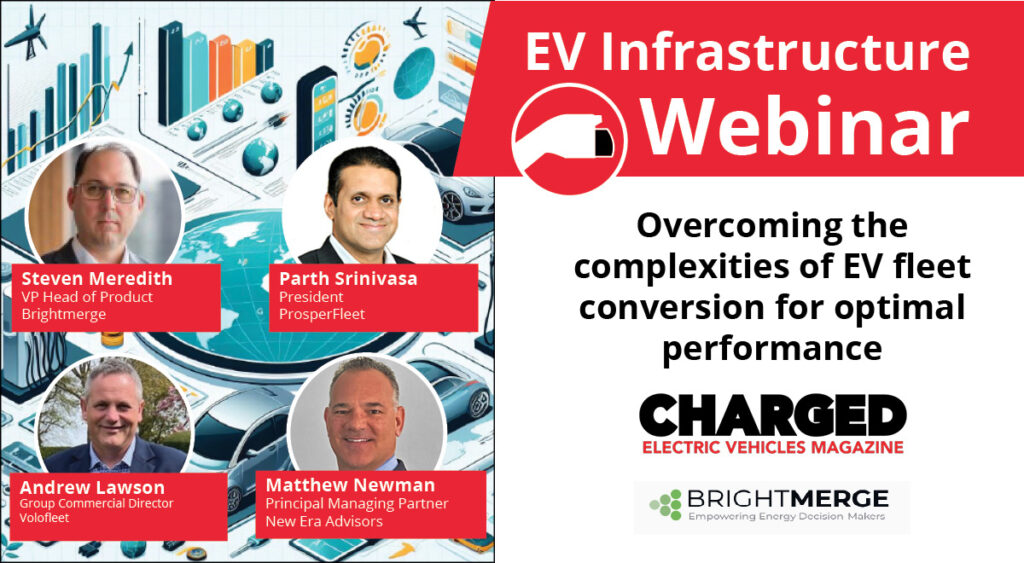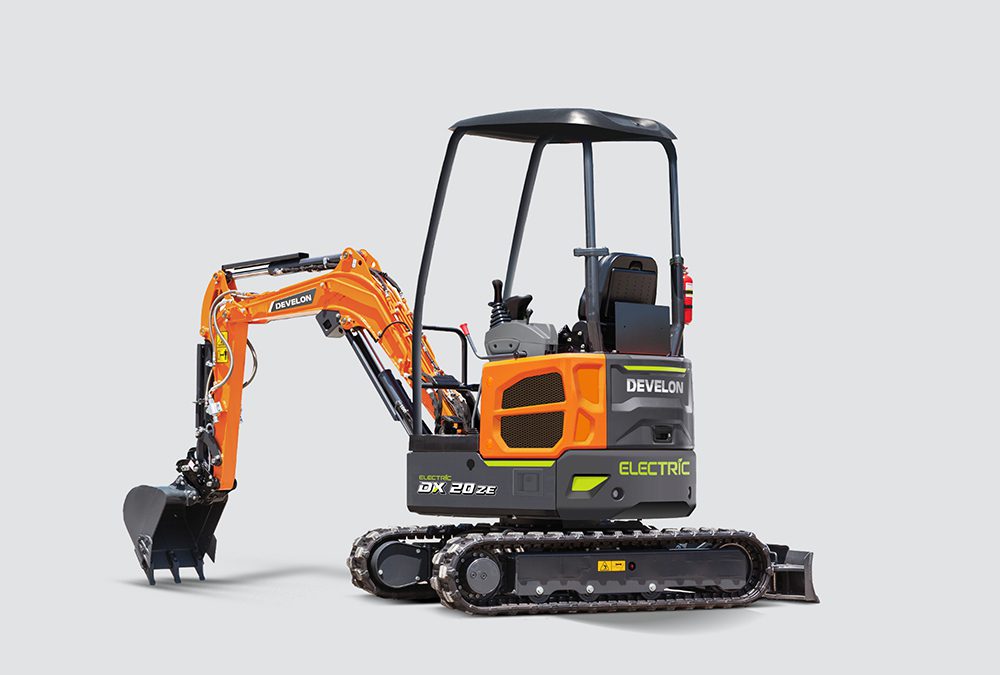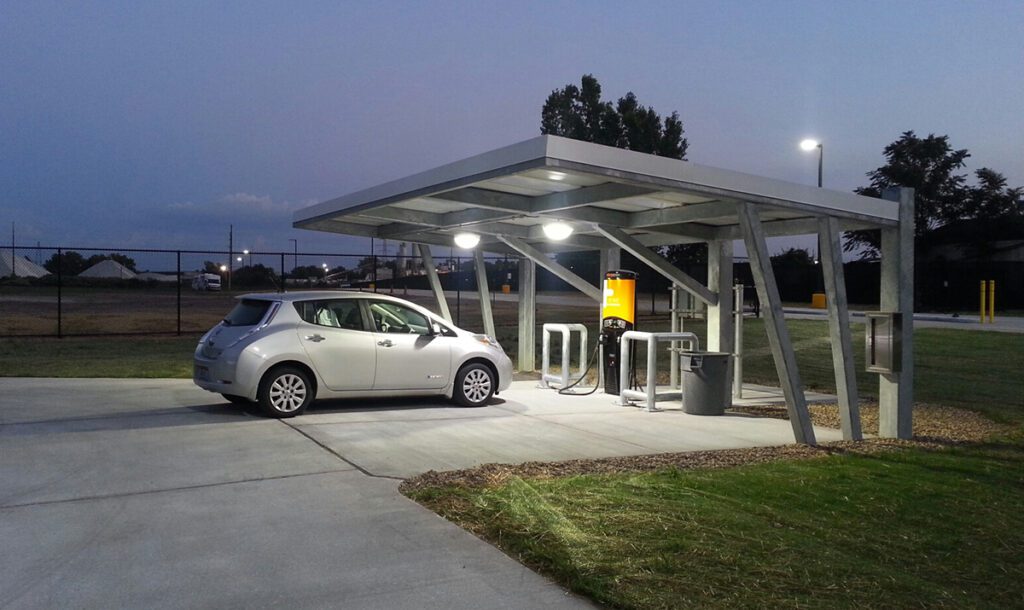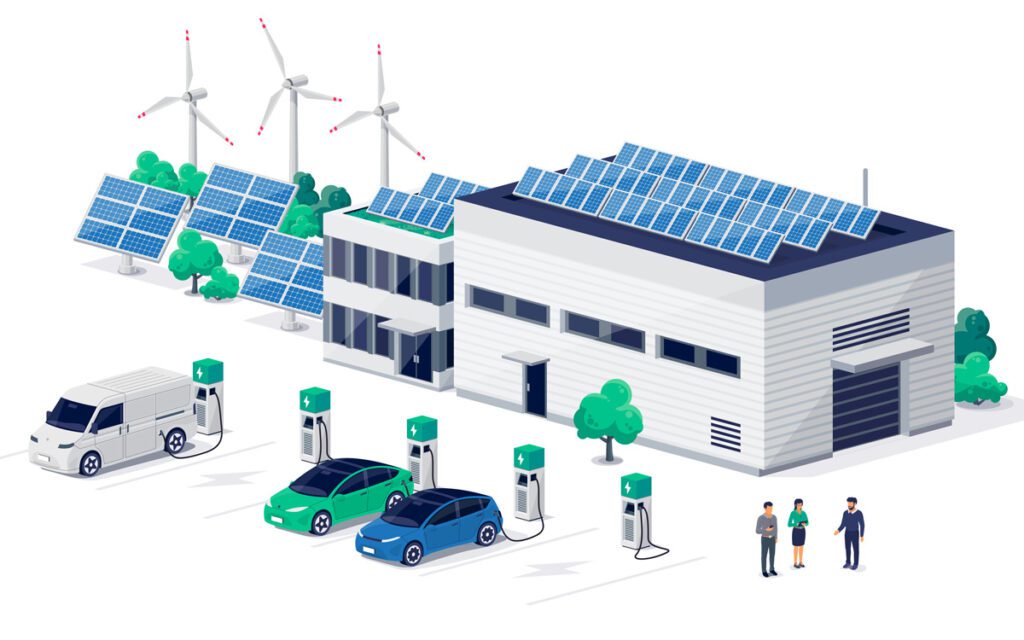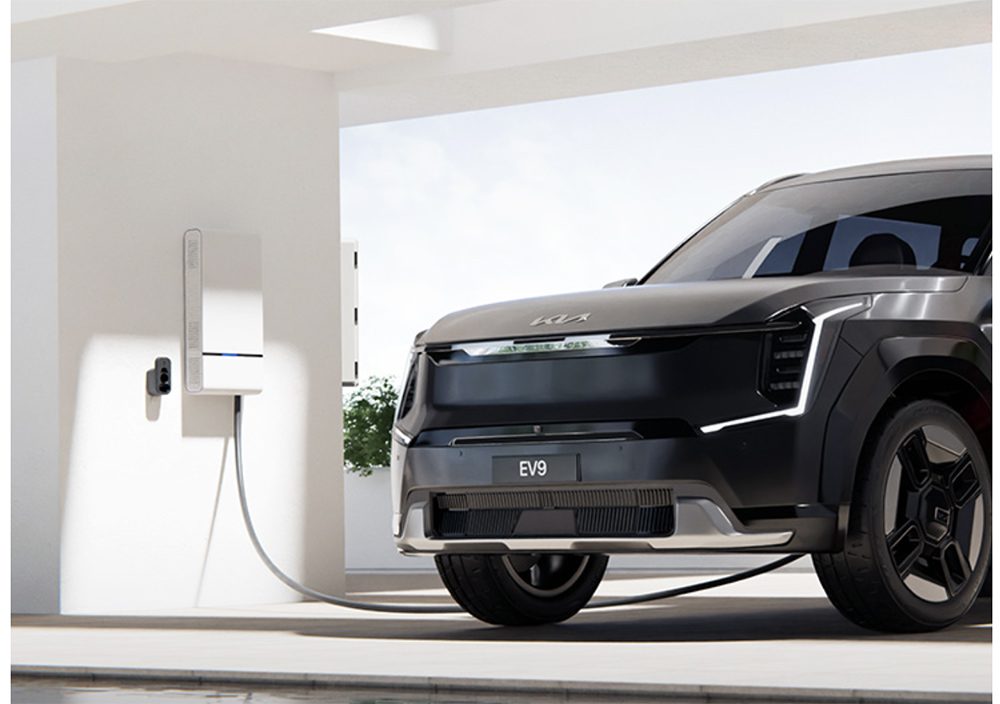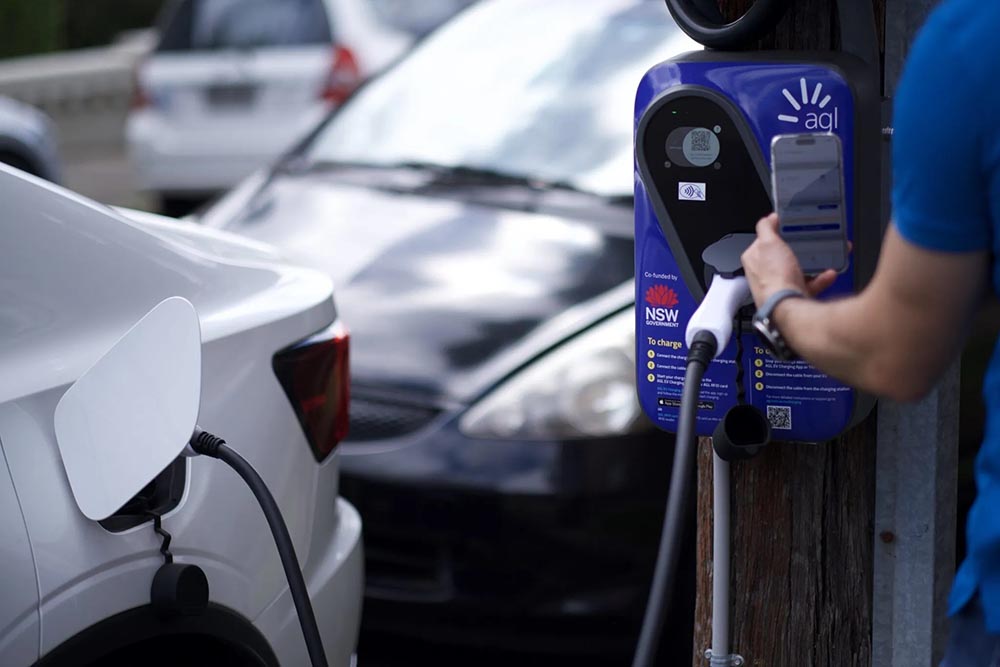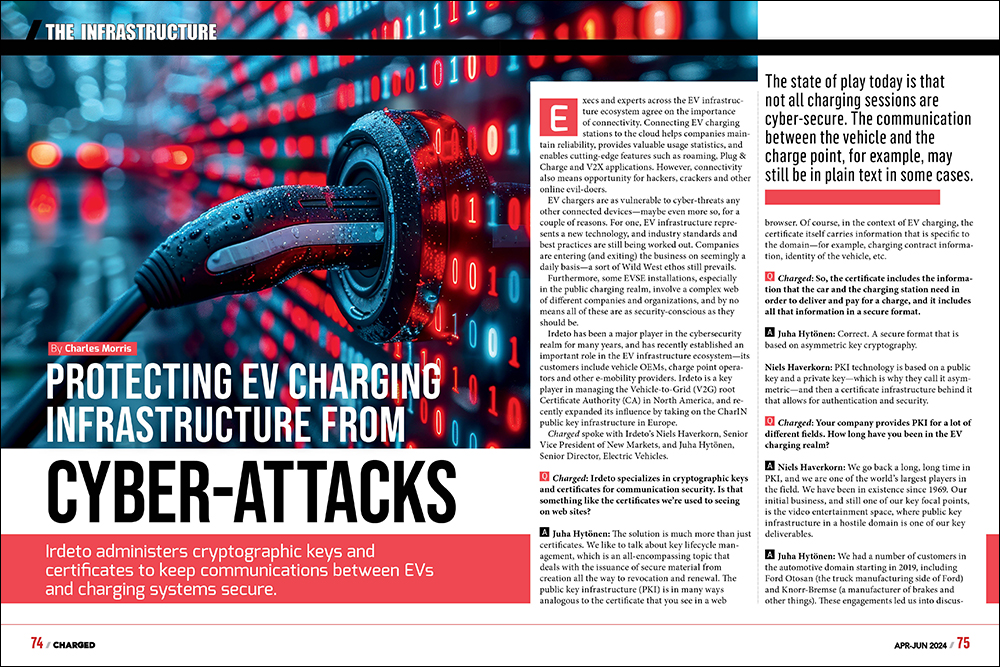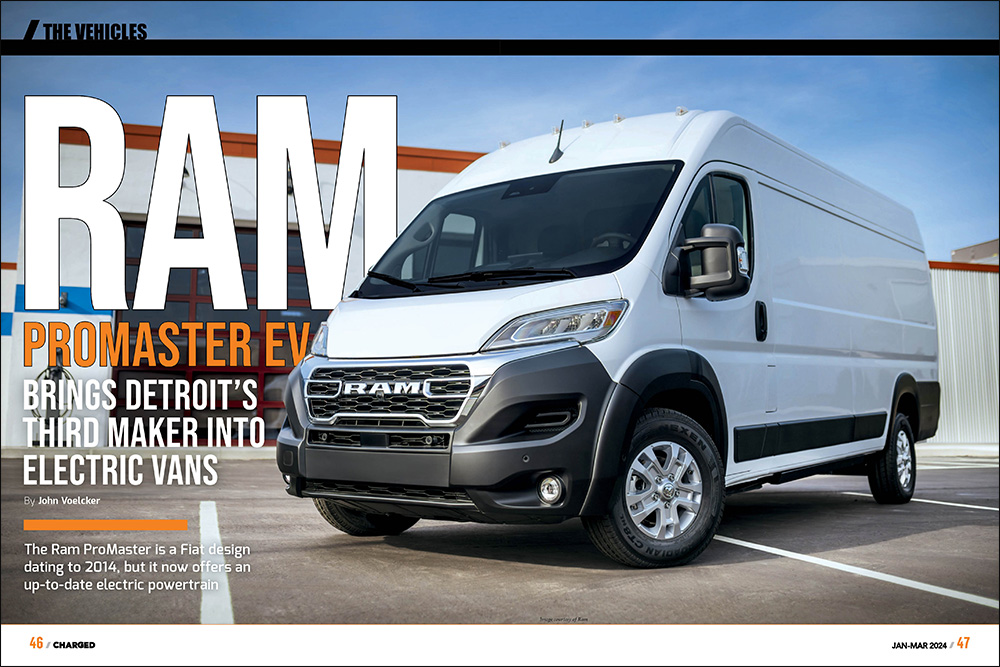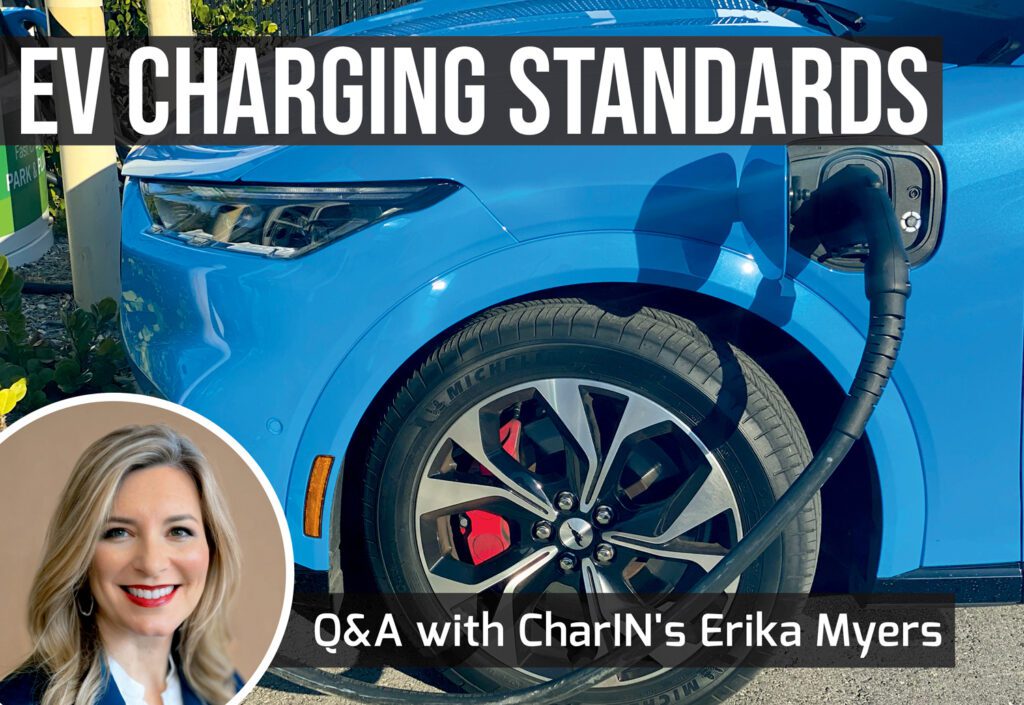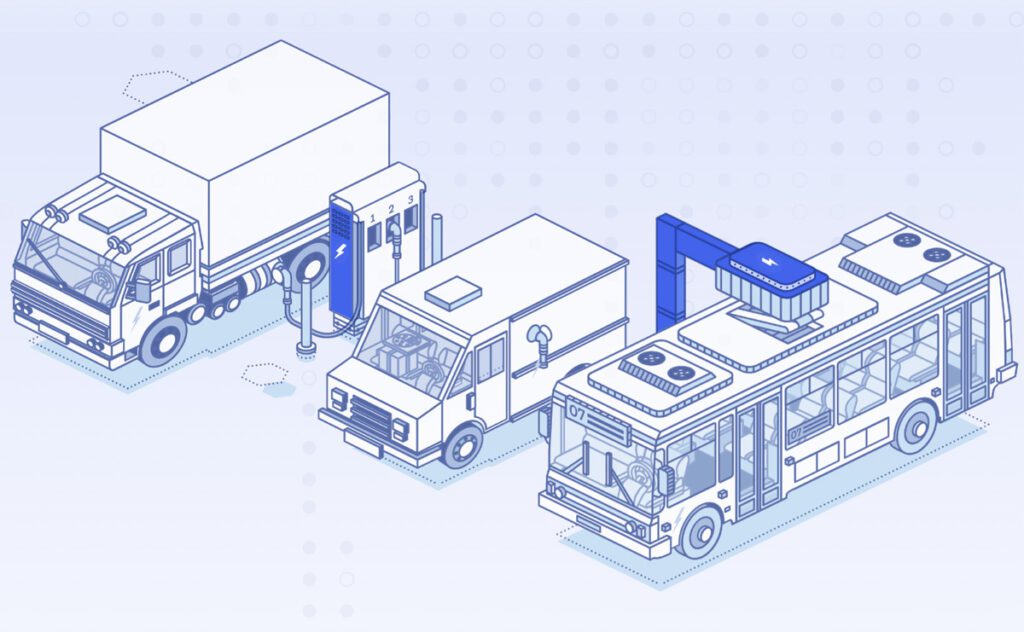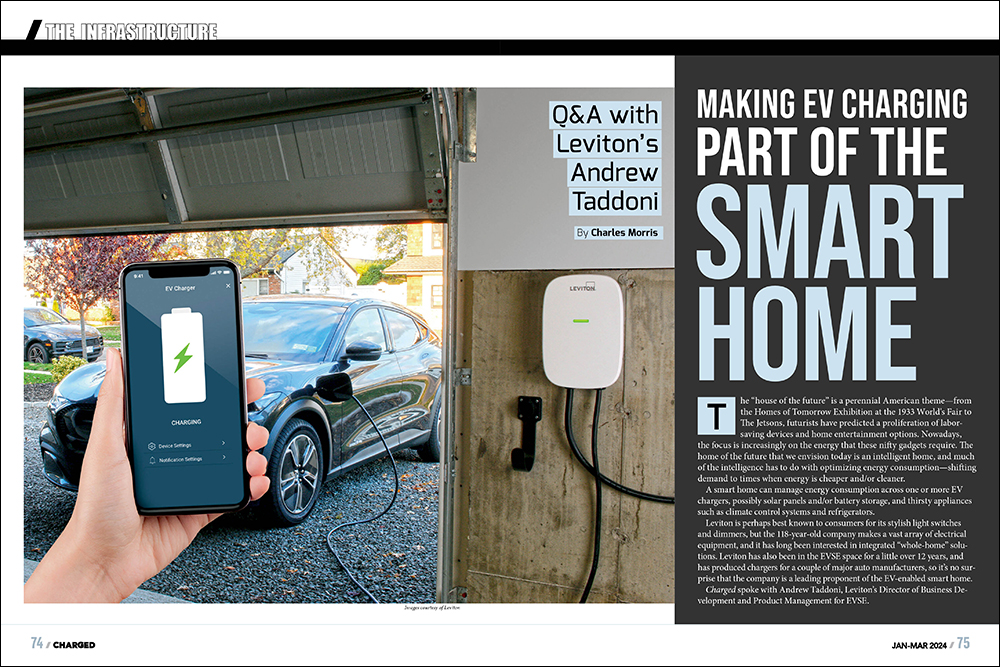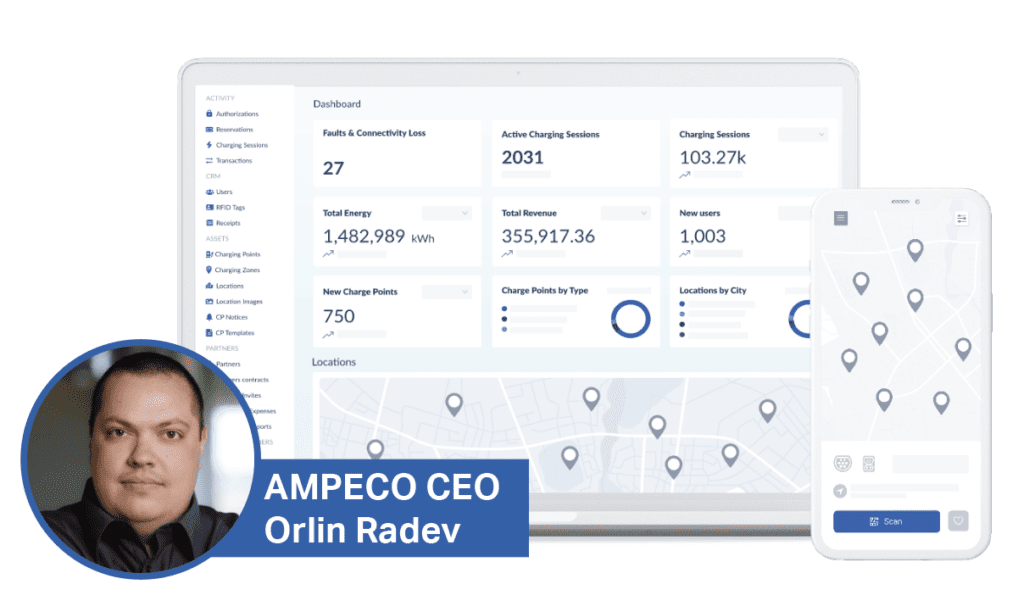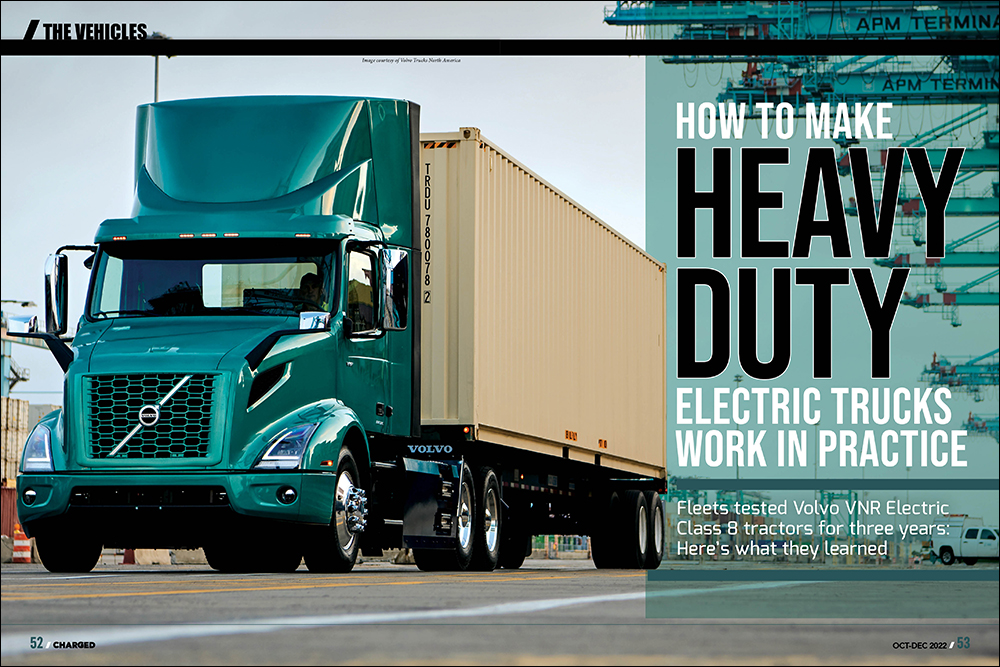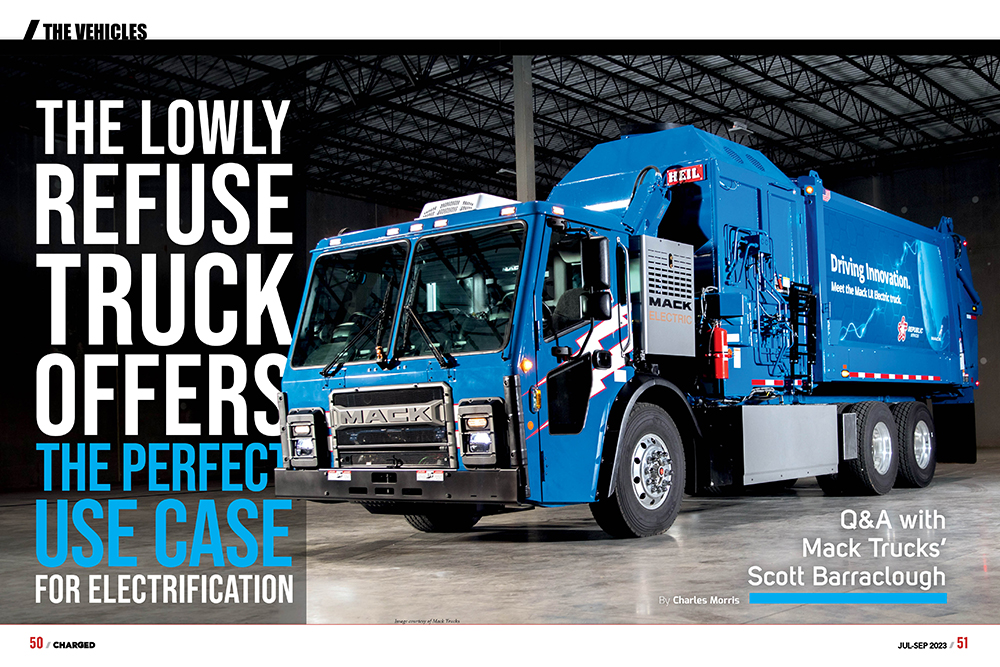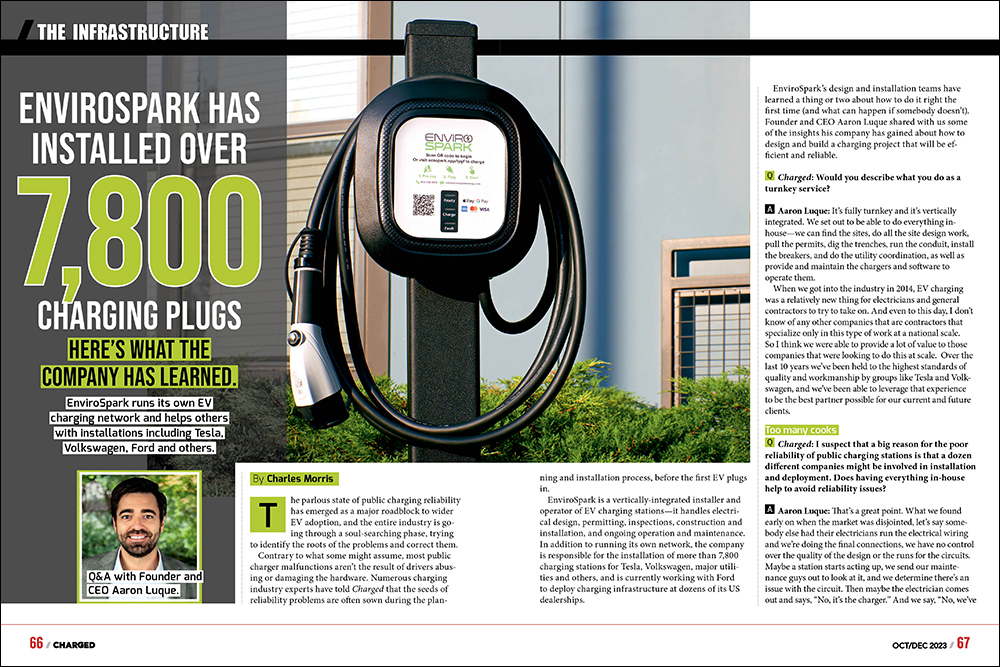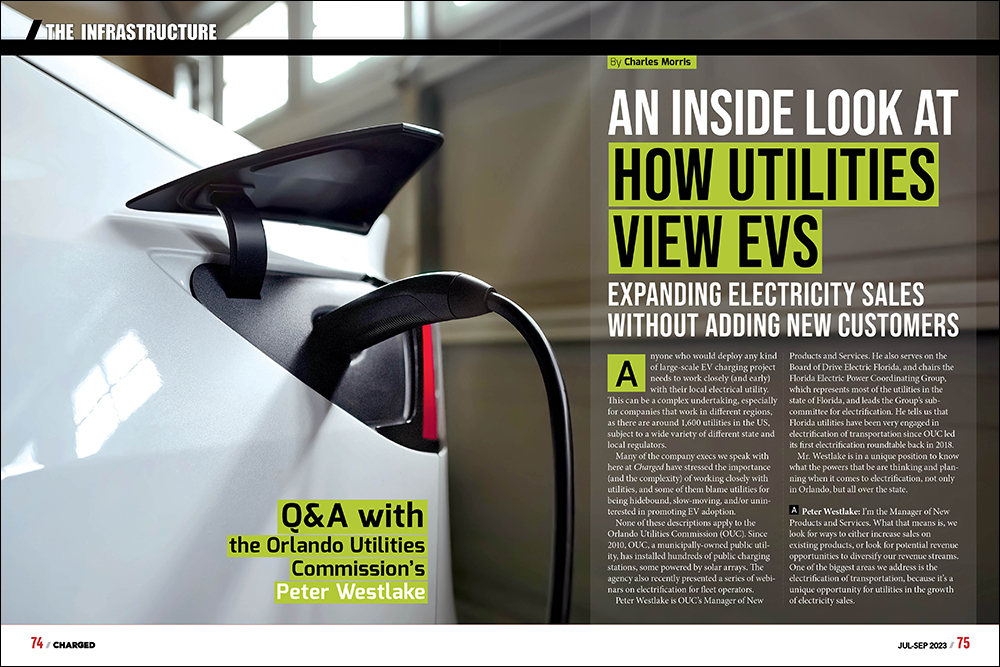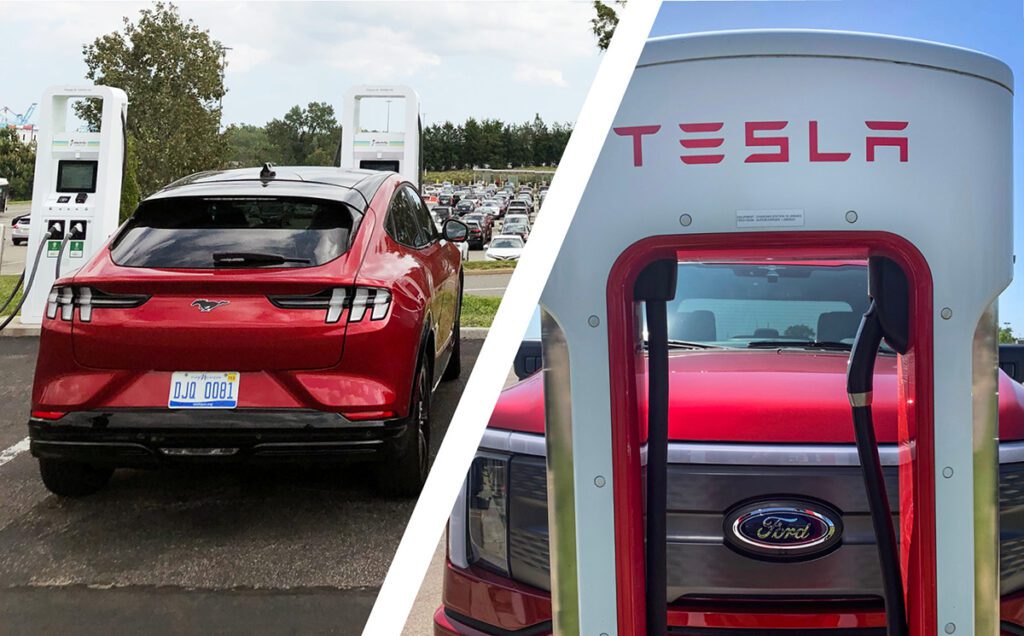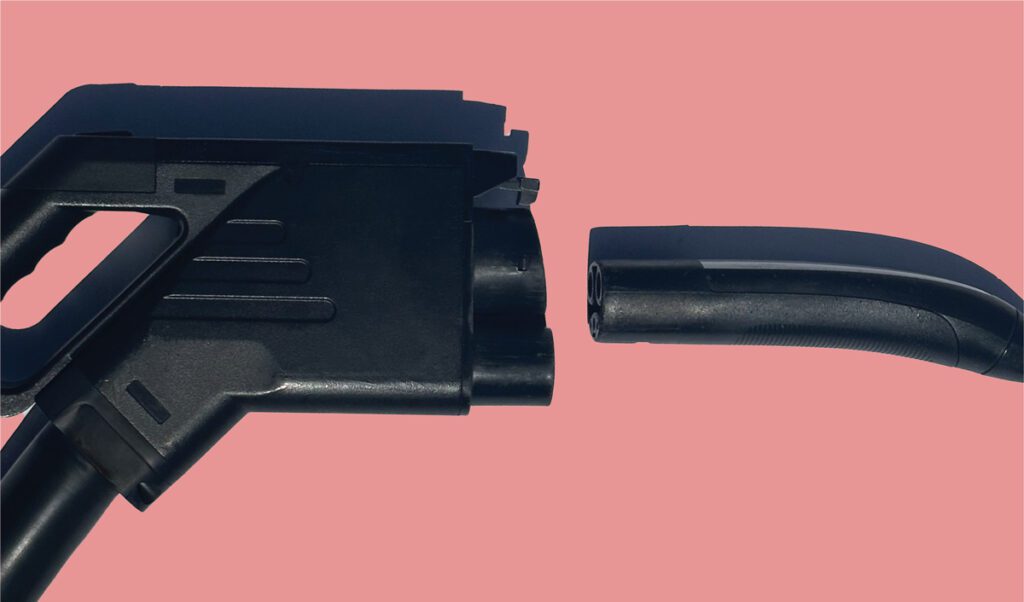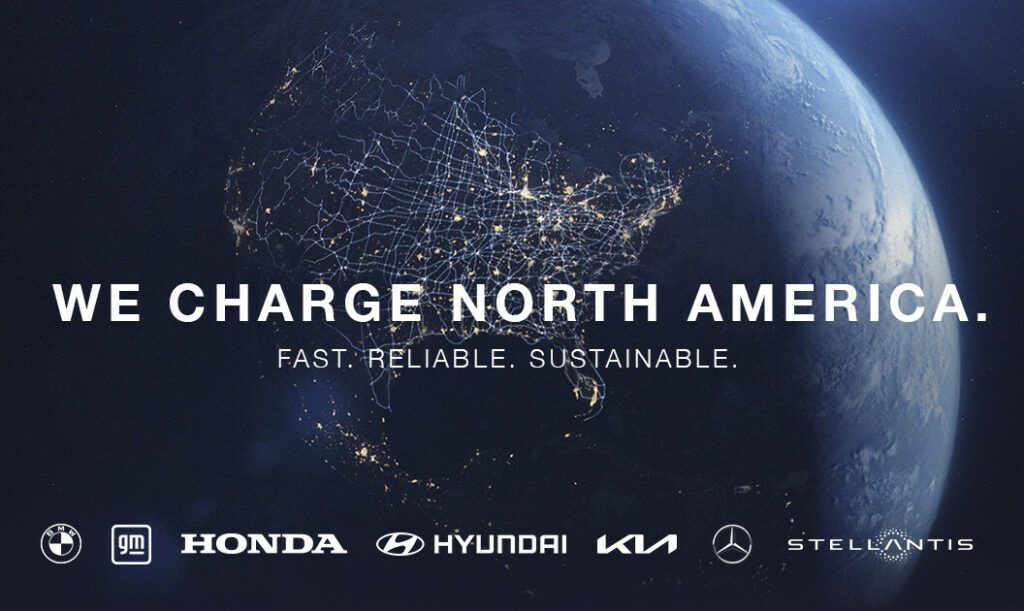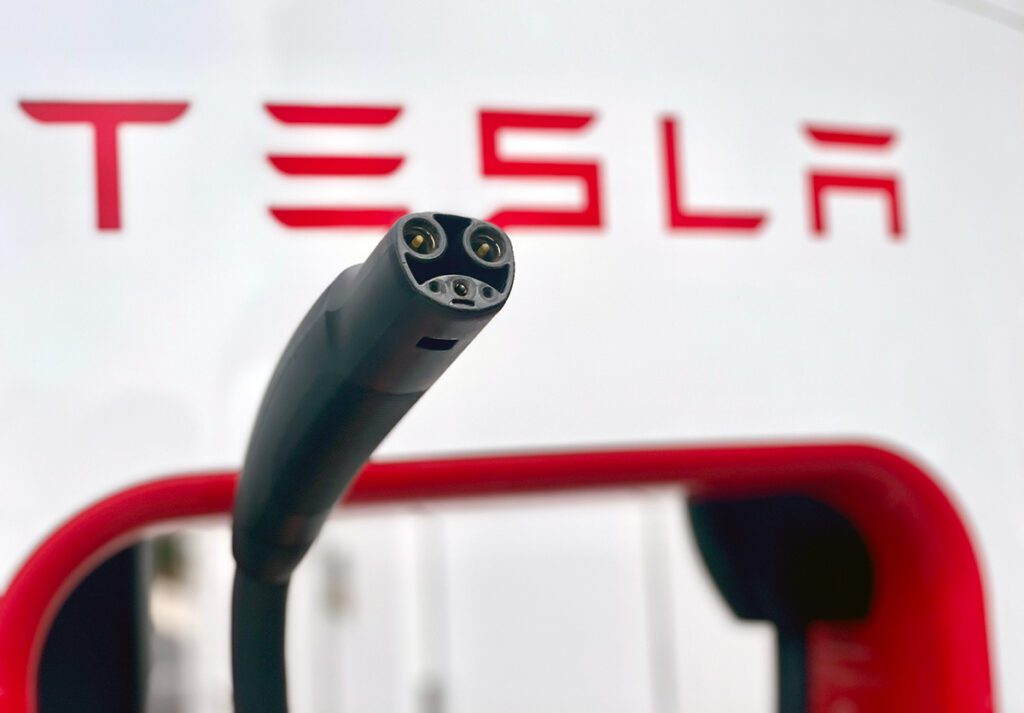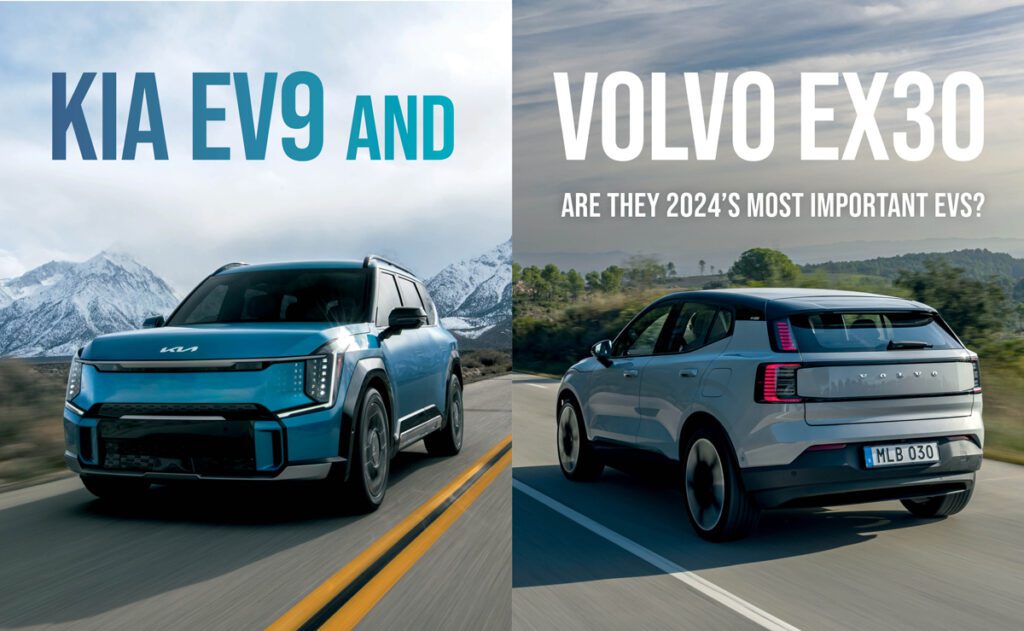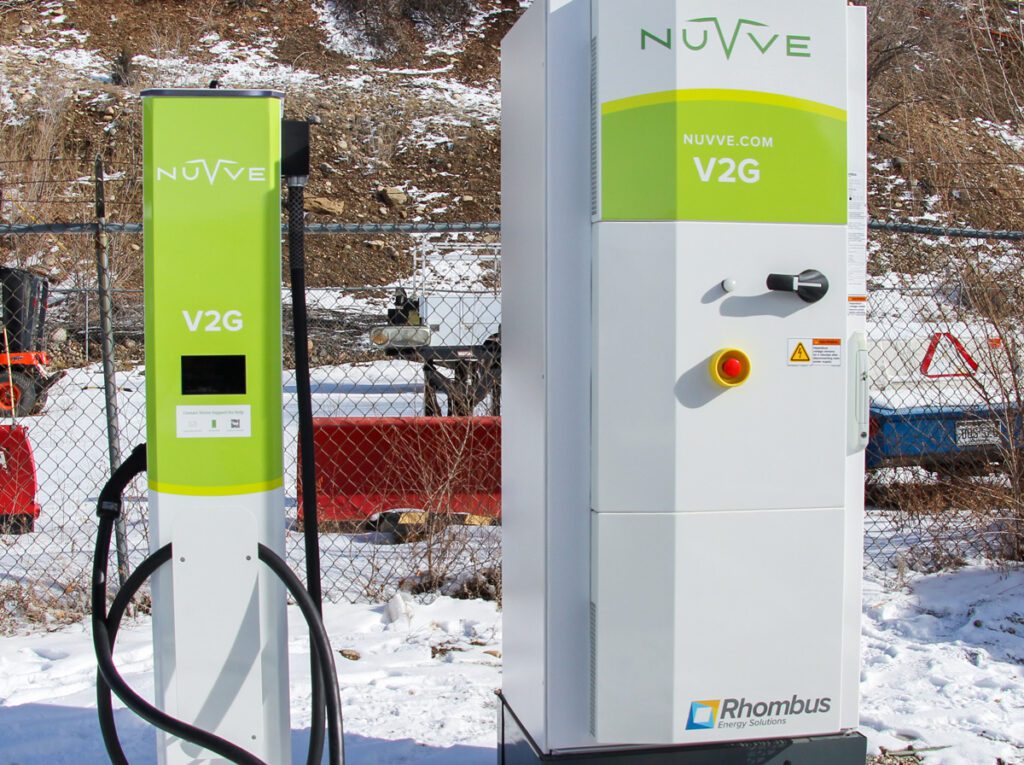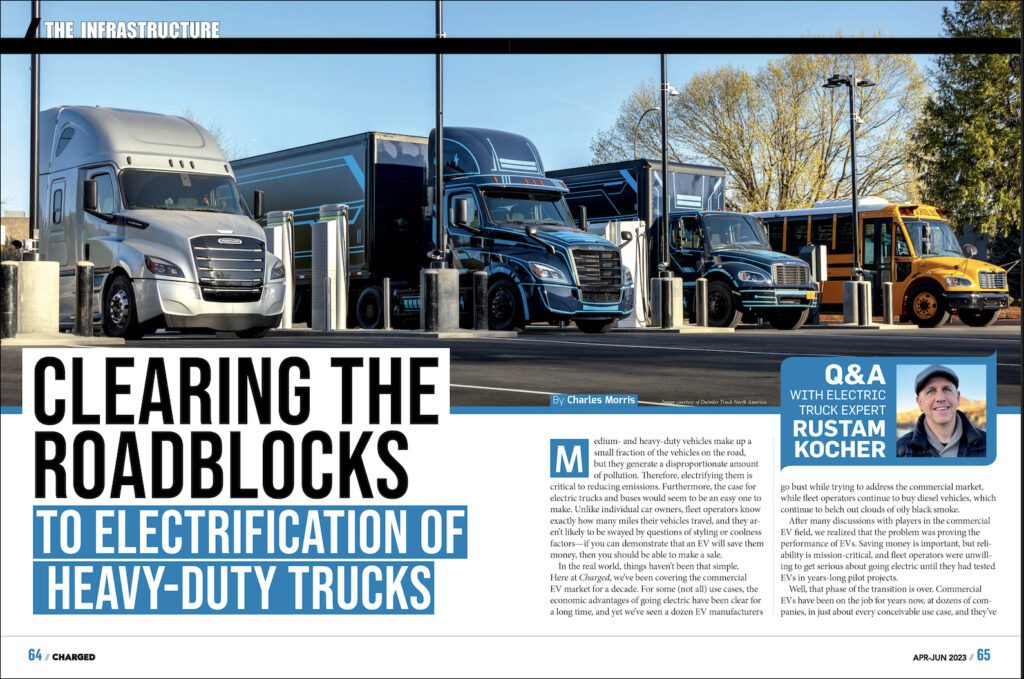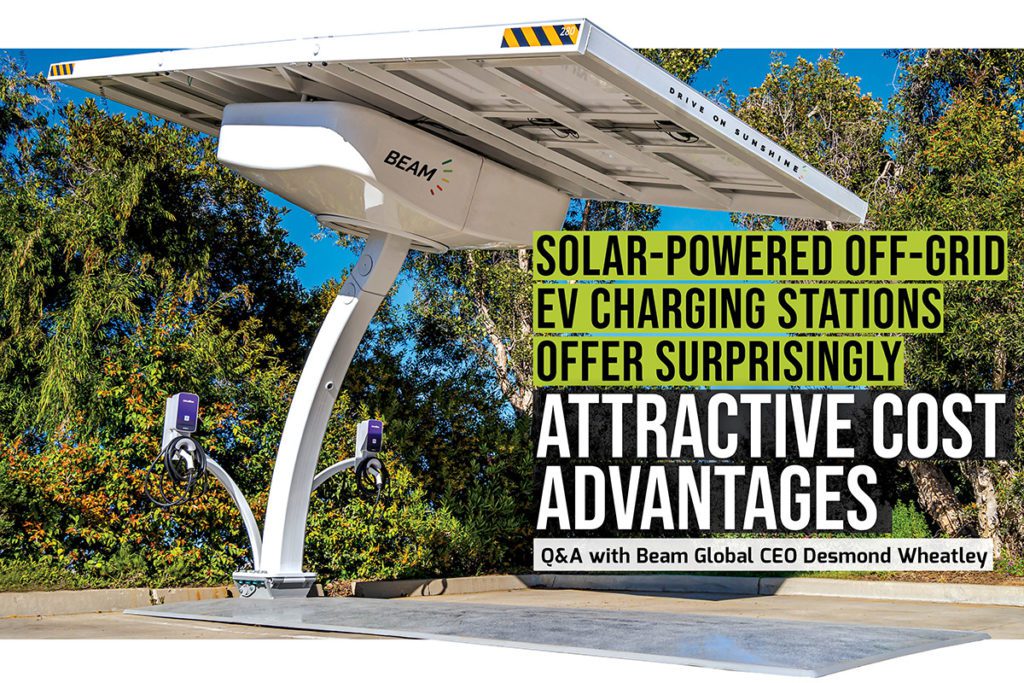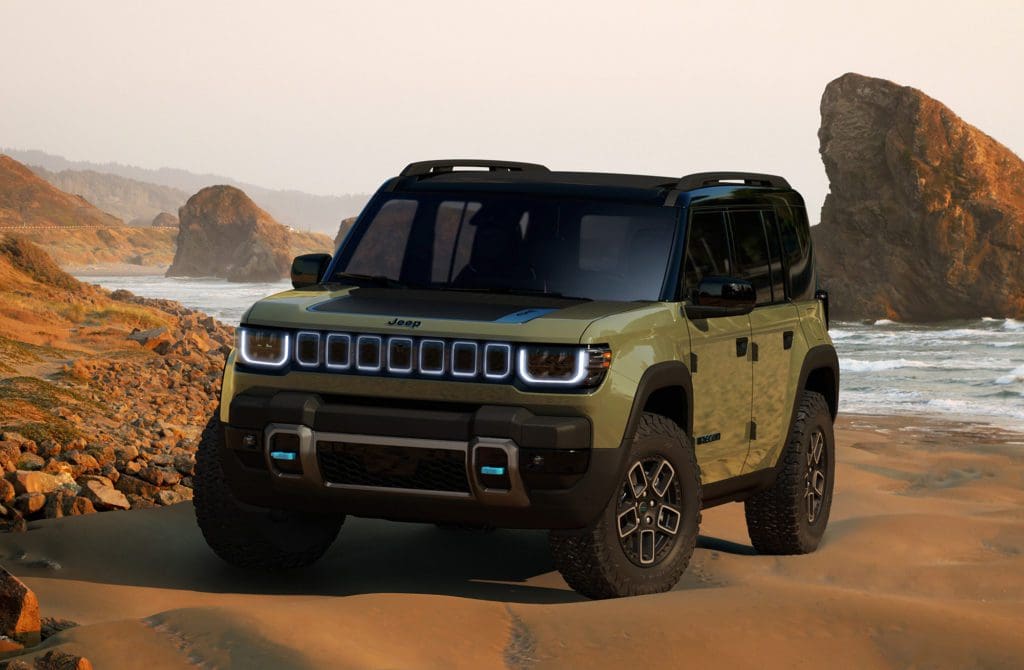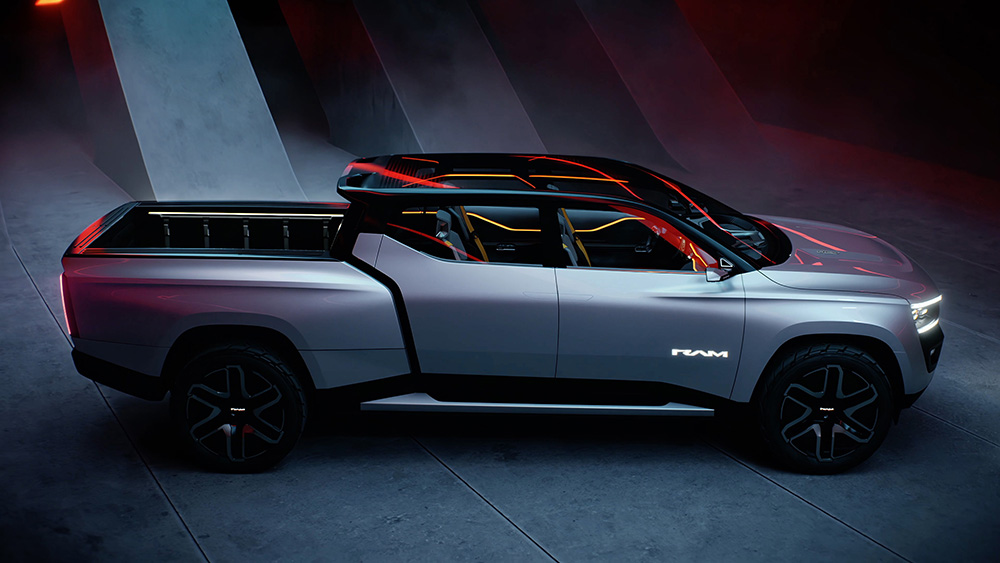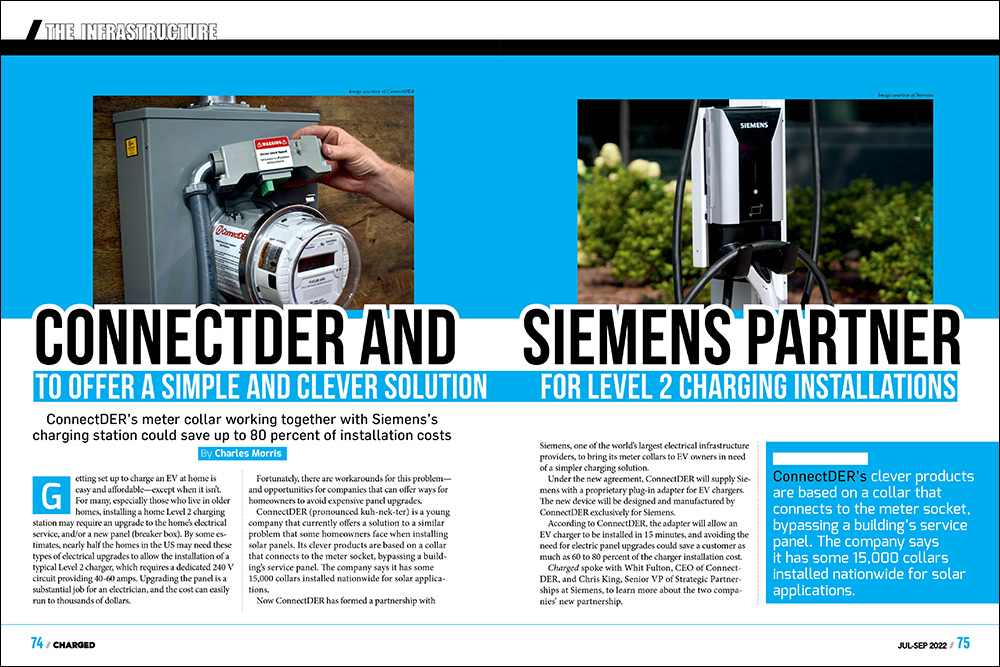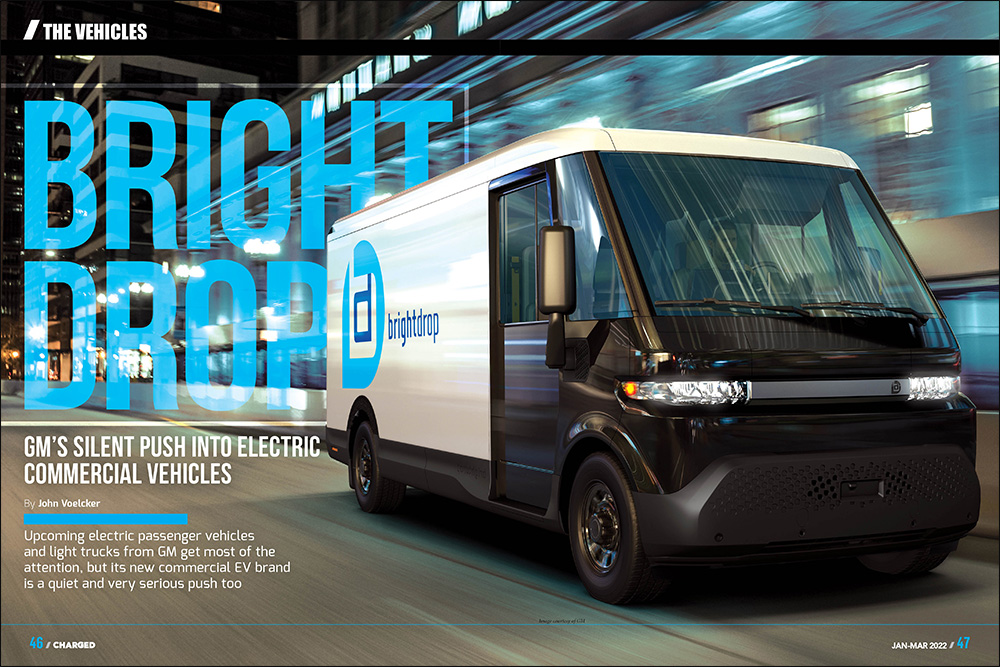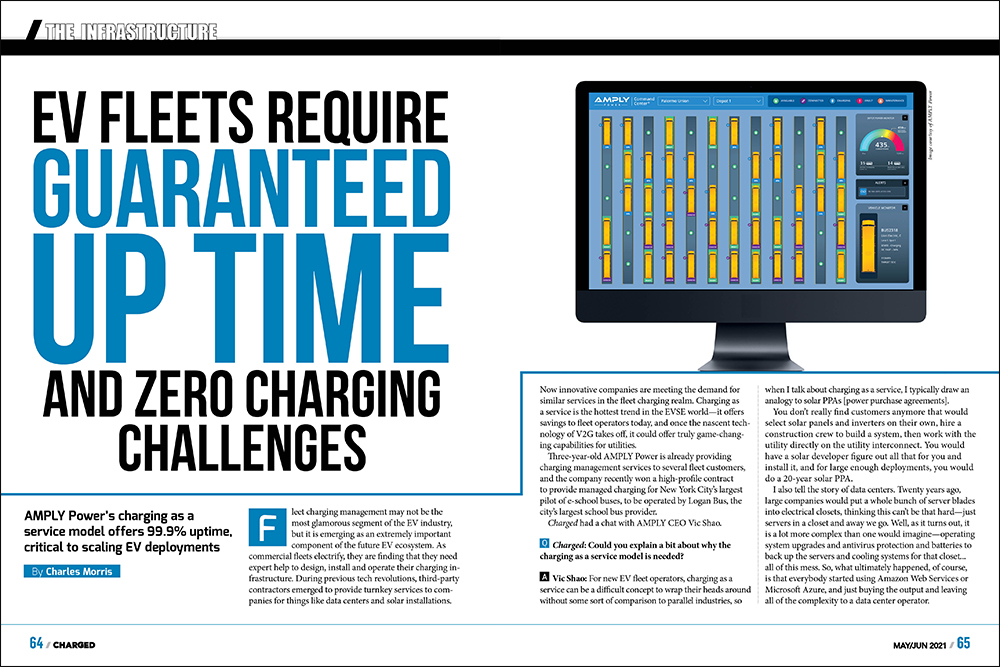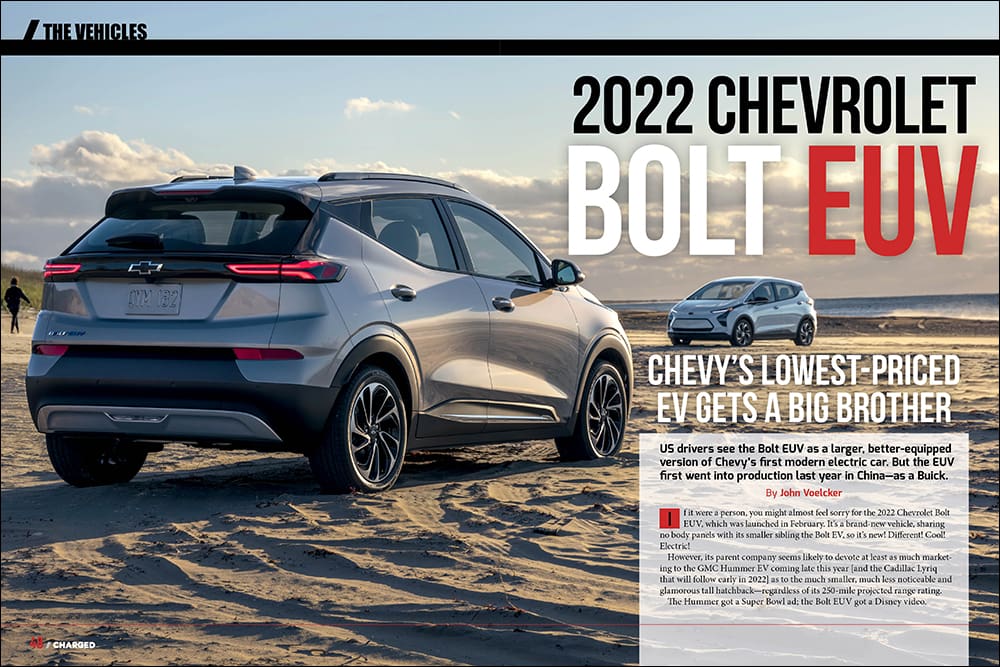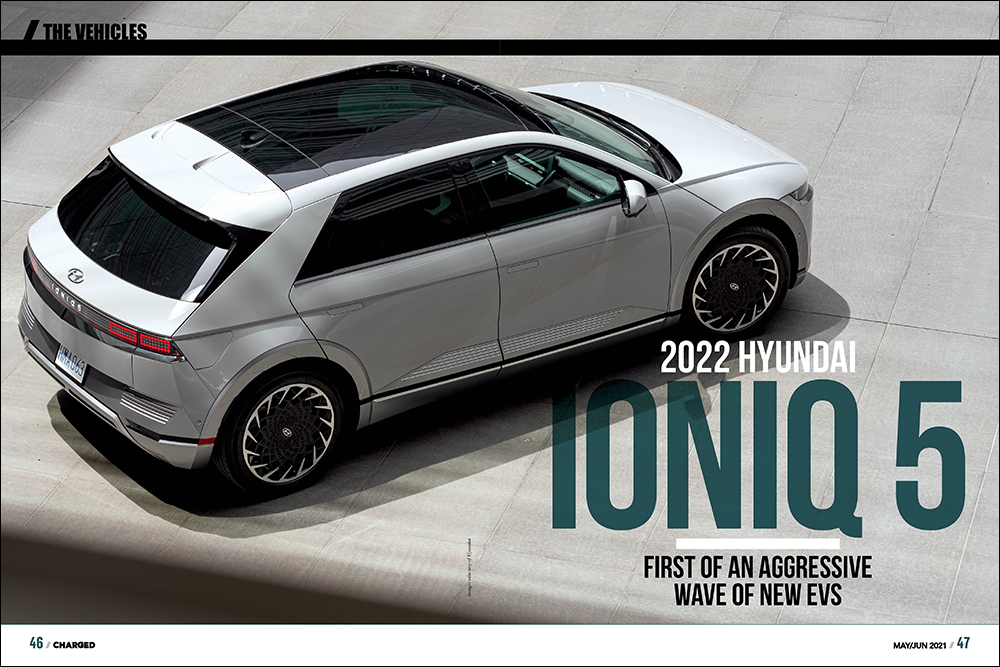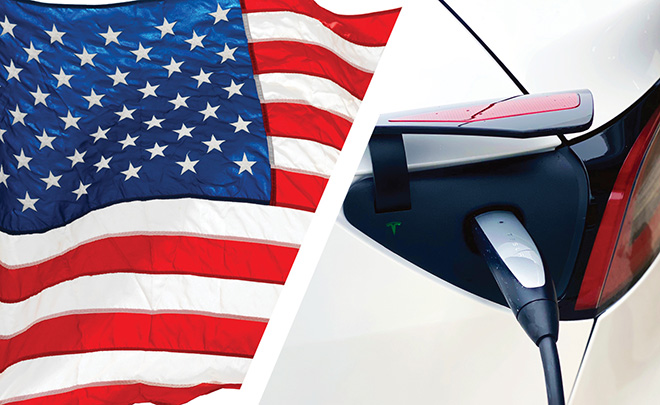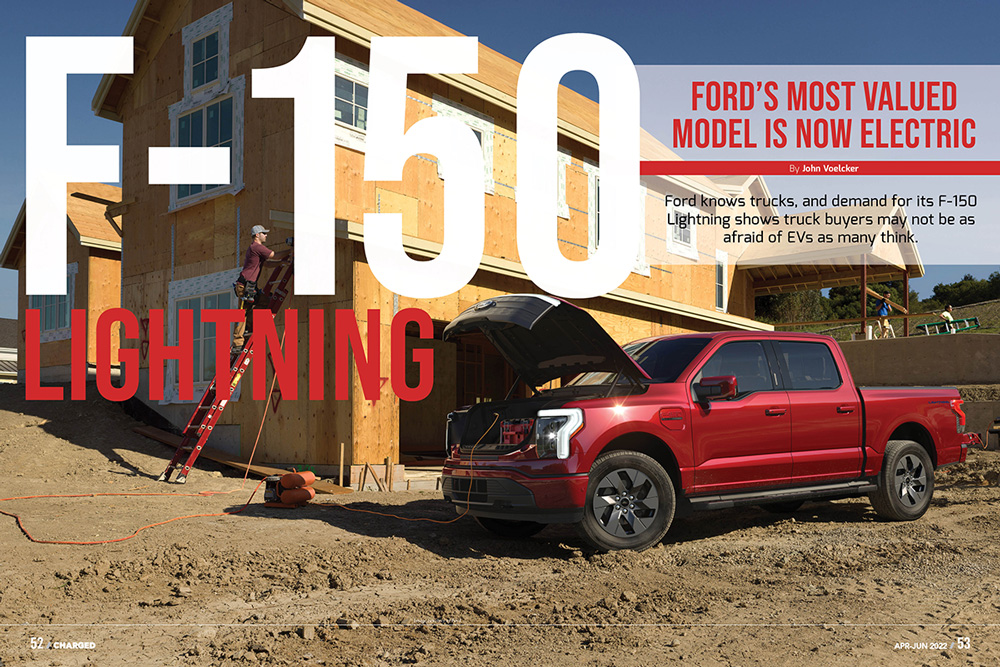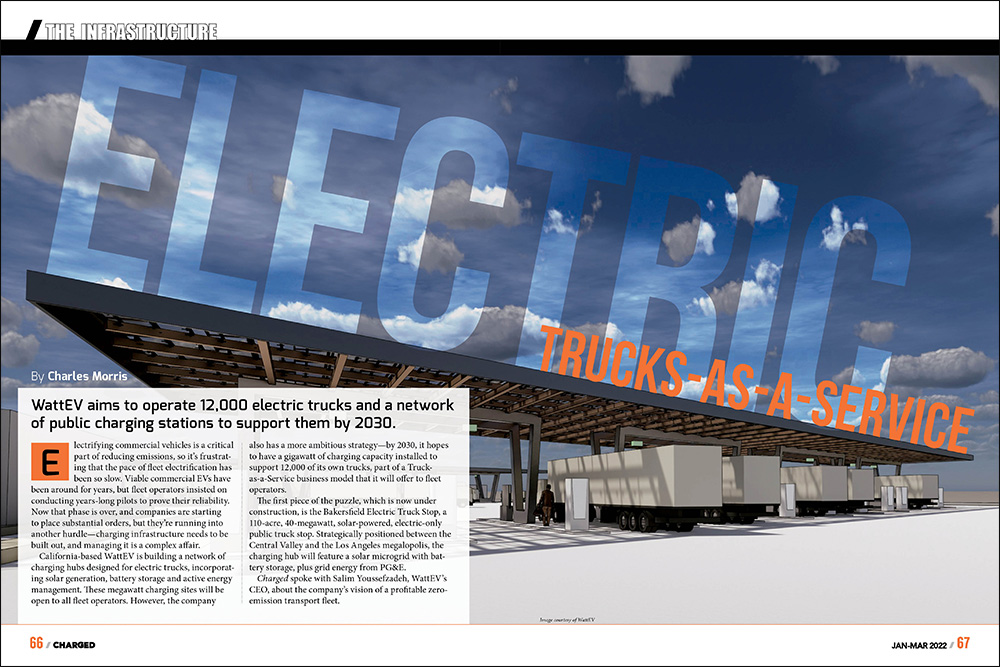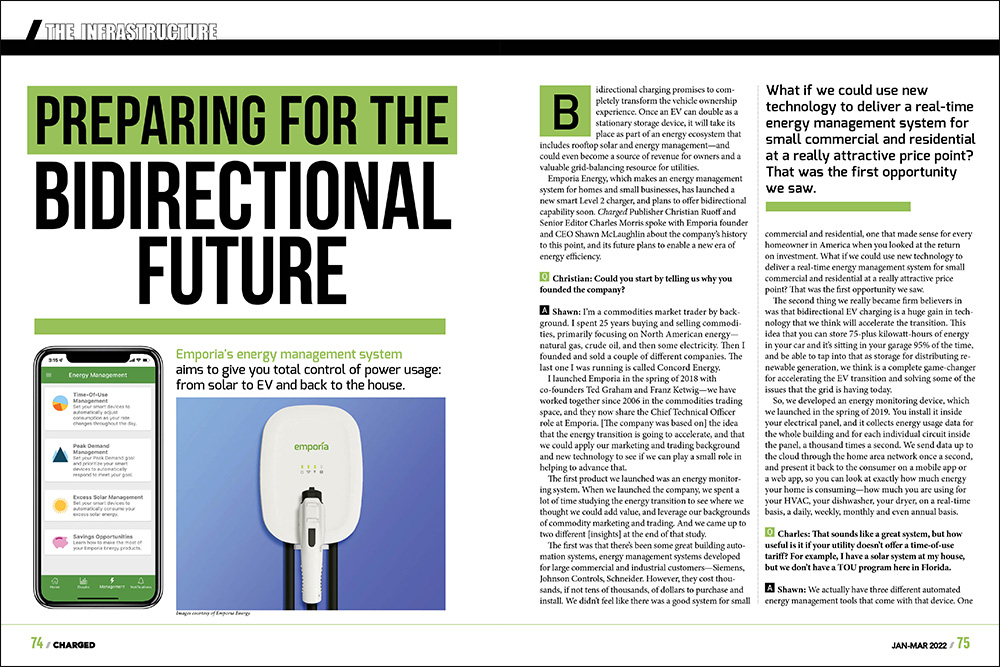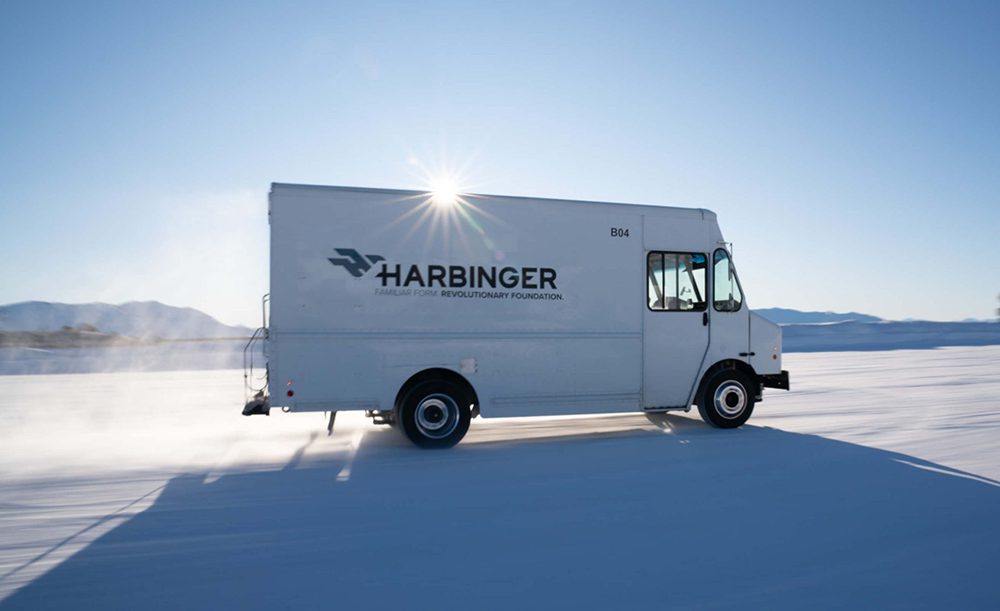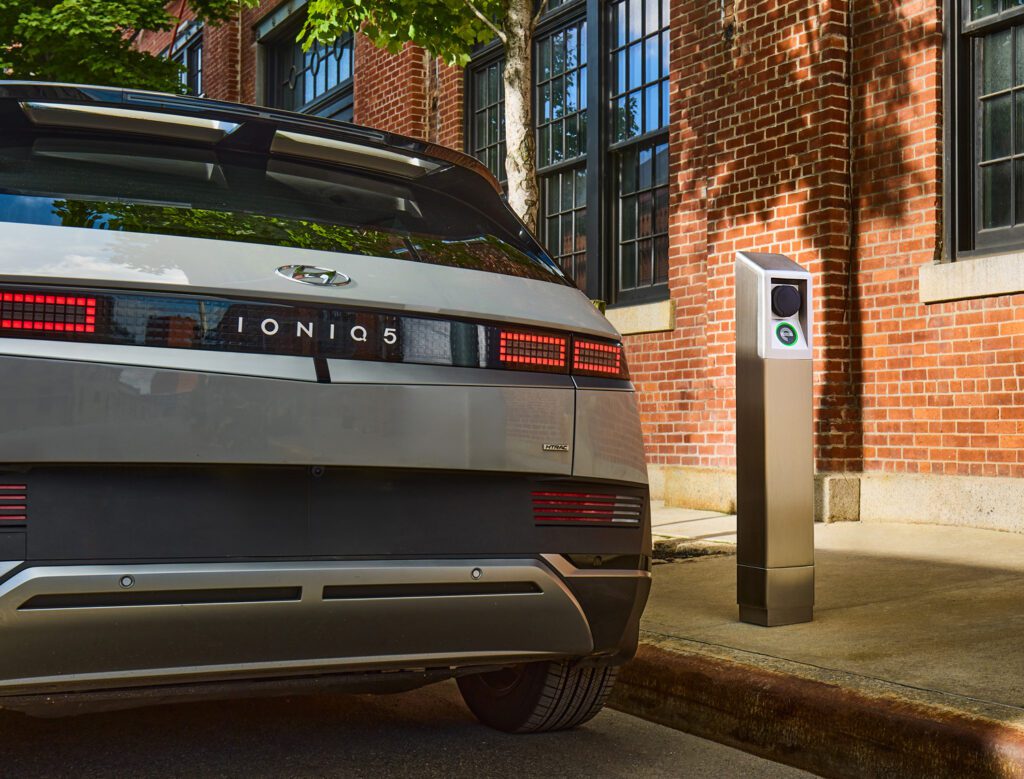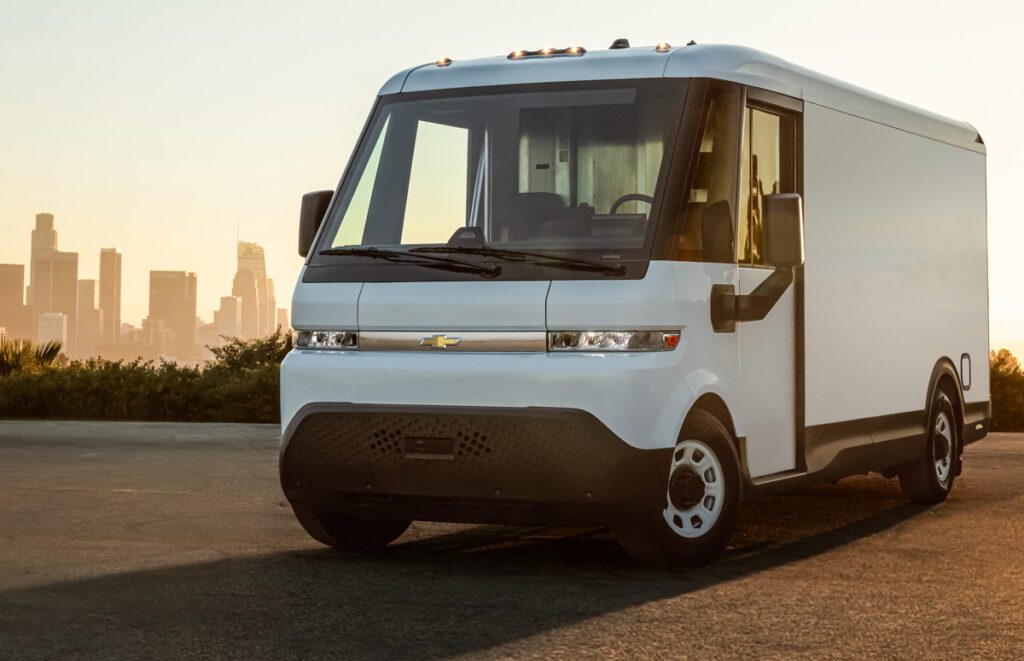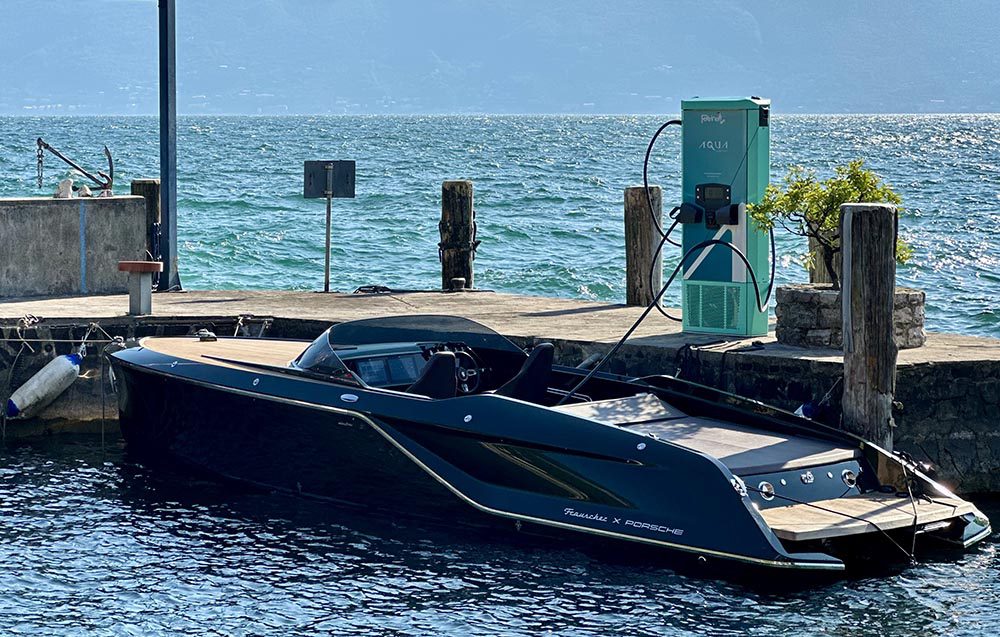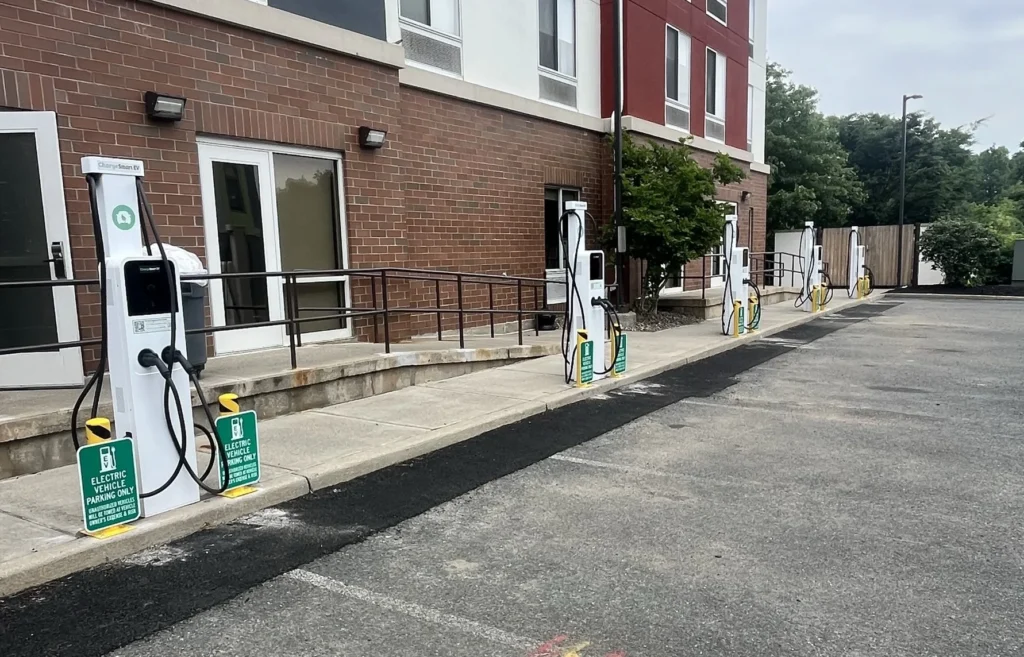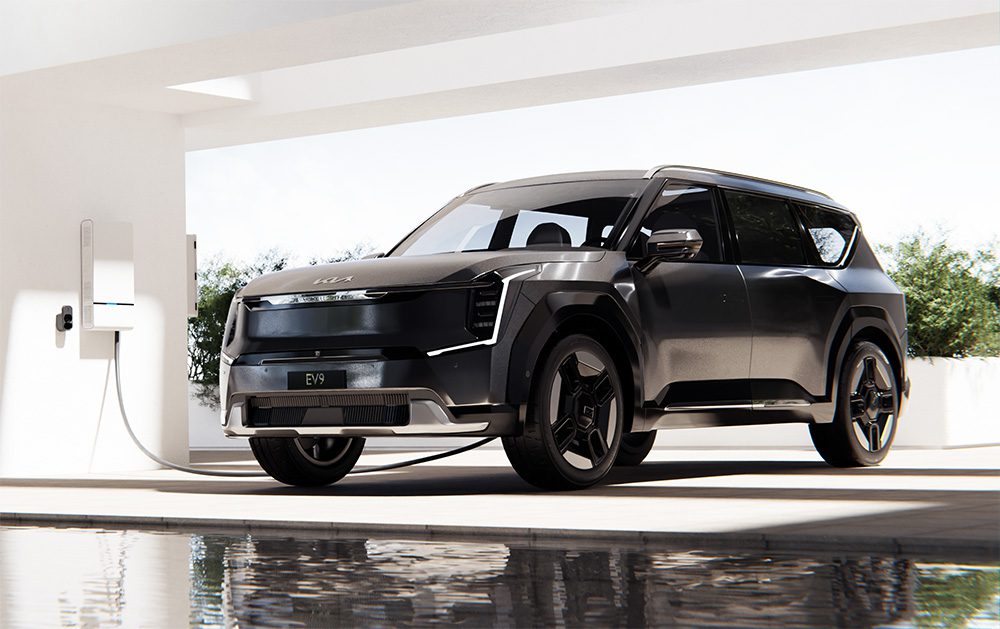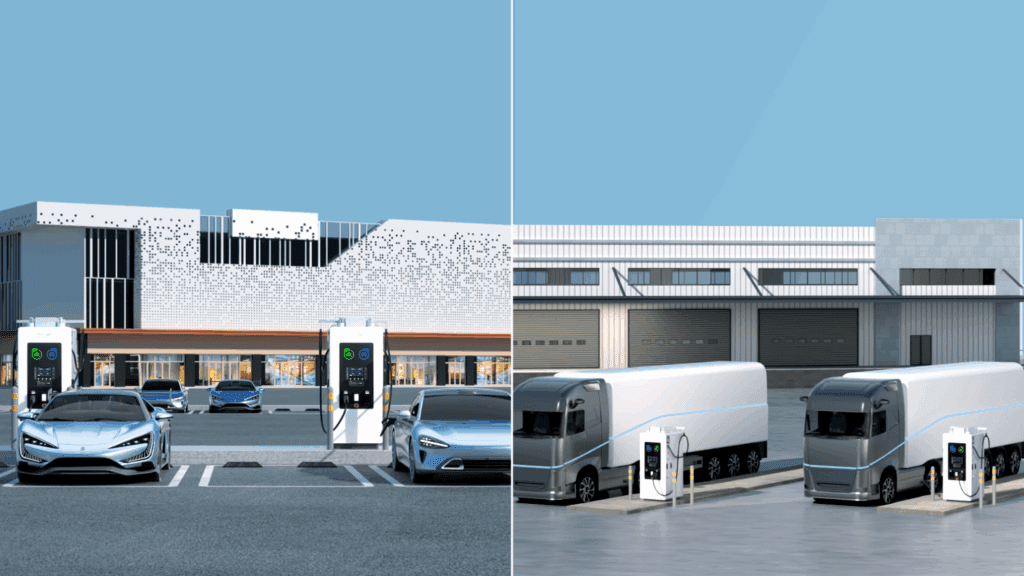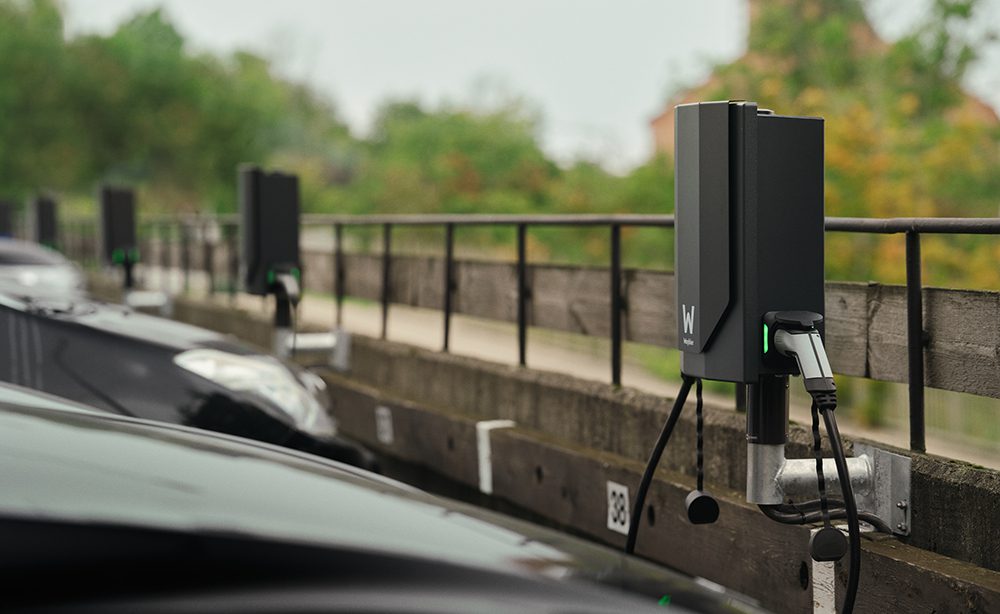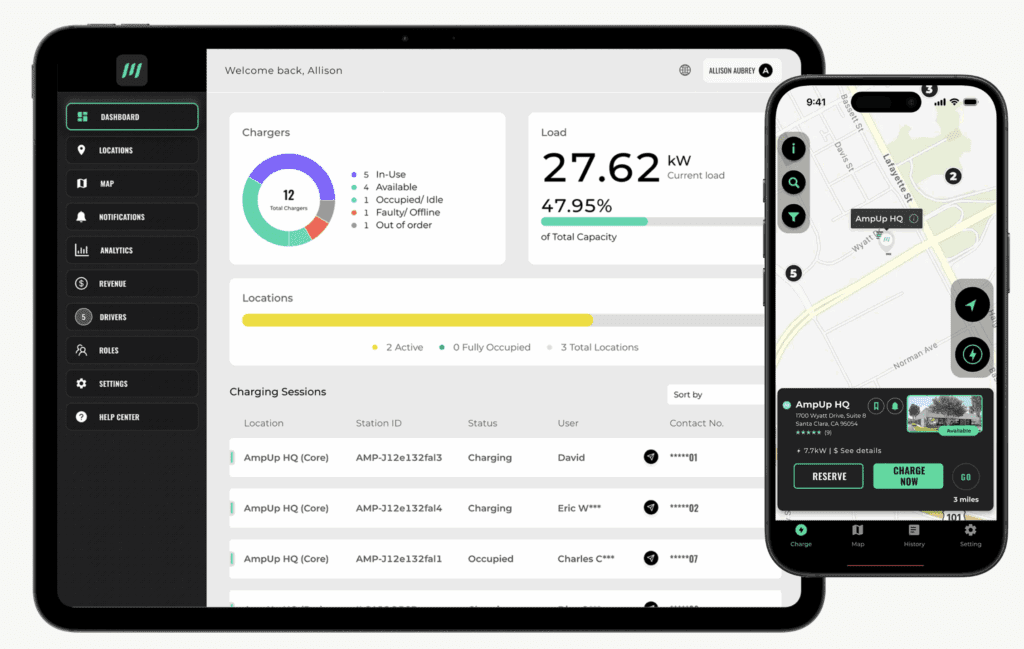If you’ve never heard of Lite-On, don’t feel bad – it’s a quiet giant. However, it’s quite likely that you’re using one of the company’s products right now. The Taiwan-based group is the world’s biggest manufacturer of LEDs and power supplies for consumer electronics. Most of the major computer and smartphone makers use its power supplies – the company builds 10 million of them every day in 38 factories around the world. Its LEDs are used in everything from traffic lights to automotive brake lights to entertainment systems.
 Lite-On was established in 1975, when it bought a Taiwanese LED factory from Hewlett-Packard, and it has grown into a goliath, with over $8 billion a year in sales. Its status as an invisible giant is due to two of the company’s philosophies: it doesn’t generally sell to end users, but rather to OEMs that put their own names on the final products; and it only goes into markets that it can dominate. If Lite-On doesn’t think it can be the #1 or #2 supplier in a particular product segment, it isn’t interested.
Lite-On was established in 1975, when it bought a Taiwanese LED factory from Hewlett-Packard, and it has grown into a goliath, with over $8 billion a year in sales. Its status as an invisible giant is due to two of the company’s philosophies: it doesn’t generally sell to end users, but rather to OEMs that put their own names on the final products; and it only goes into markets that it can dominate. If Lite-On doesn’t think it can be the #1 or #2 supplier in a particular product segment, it isn’t interested.
The company is stealthily moving into the EVSE market, and it expects to be able to introduce cost savings that will let it reach its goal of total domination.
Charged spoke with Scott Saffian, Lite-On’s Managing Director for Clean Energy Products in North America. Saffian knows the EVSE market as well as anyone out there. He was the original Senior VP of Sales at Coulomb (now ChargePoint), and later a sales executive for GE’s EVSE division.
Saffian told us that there’s one huge difference between Lite-On and other leaders in the EVSE market. Most of the others are predominantly US firms that manufacture in the US and sell their products to end users. According to Saffian, these companies have little interest in working with OEMs that want to add their own branding, whereas deals of that kind are Lite-On’s specialty.
Lite-On is happy to let its customers put their own logo on their chargers, and in fact to choose every detail of the branding, look and feel and feature set. For example, a company may want to sell a low-cost charger with only the basics, and/or a more upscale model with more networking features. The fact that the customer doesn’t need to buy more than it needs, plus the fact that Lite-On’s chargers are manufactured offshore should add up to major cost savings. Many parts that go into EVSE are already used in some of the company’s other products, so it can also benefit from substantial economies of scale.
Saffian doesn’t rule out the possibility that Lite-On may sell its own branded chargers some day, but for now the focus is on selling to OEMs. Potential customers include EVSE service providers, big-box retail stores that want to sell their own private-label chargers, auto OEMs, auto dealers, and eventually, large utilities.
Lite-On is selling mostly 3 and 6 kW machines at the moment, but the charging level (and just about everything else) can be changed to suit customer requirements. The chargers come with a variety of networking features, and work with any network provider. They are compliant with Open Charge Point Protocol (OCPP), but can also be configured to work with other protocols that a customer might select in the future.
 Saffian told us that last year, Lite-On quietly became the #1 residential EVSE manufacturer for the European market (although he couldn’t reveal the identities of any current customers). It delivered over 4,000 residential units in Europe under multiple brands – around 20% of the total market. The company is just now entering the US market, but Saffian sees even more potential on this side of the pond – this is “where it’s all going to happen.”
Saffian told us that last year, Lite-On quietly became the #1 residential EVSE manufacturer for the European market (although he couldn’t reveal the identities of any current customers). It delivered over 4,000 residential units in Europe under multiple brands – around 20% of the total market. The company is just now entering the US market, but Saffian sees even more potential on this side of the pond – this is “where it’s all going to happen.”
The company’s initial thrust is home charging, not public charging. It sees much more potential volume in the residential sphere (both single-family and multiple-unit) and, as always, it only wants to be in markets in which it can do huge volume. The residential market offers the possibility of selling one charger per vehicle, or maybe even two – one of Lite-On’s European customers offers a pair of chargers with each car, one for work and one for home.
This article originally appeared in Charged Issue 8 – JUN 2013
